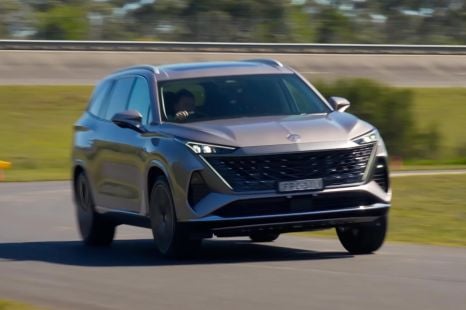

William Stopford
2026 MG QS review
4 Days Ago
Two well-priced and highly equipped utes from lesser-known brands duke it out. Do the major players have anything to fret about?

Senior Contributor
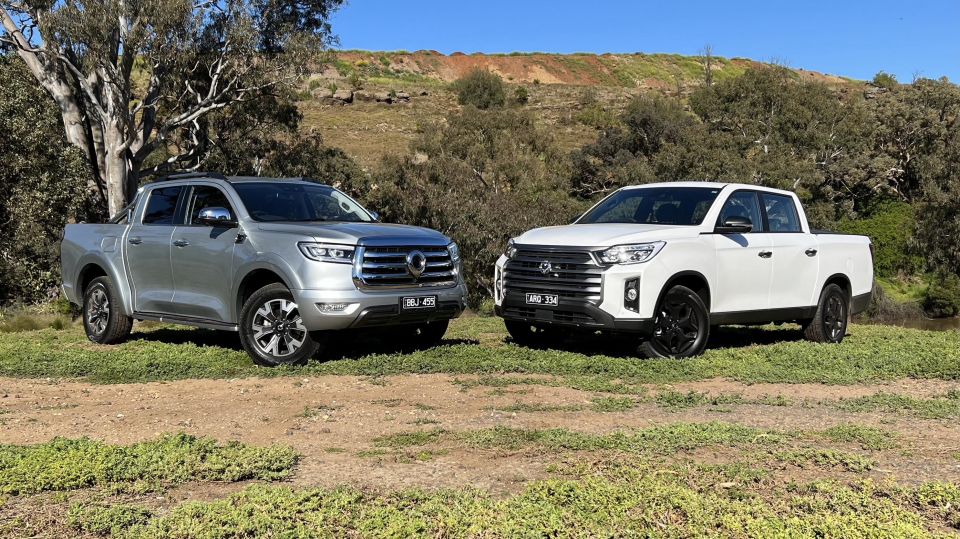

Senior Contributor
The GWM Ute and SsangYong Musso are here to muscle in on Australia’s sprawling dual-cab ute market. Their weapon? Price.
Sure, they’re short on badge cred, but have you seen the cost of a new (even used) HiLux, Ranger or D-Max lately? This pair even undercut the Mitsubishi Triton, always a value play.
Of course, you need a decent product. While Great Wall Motor and SsangYong both have long and patchy histories here, this duo make a pretty positive first impression.

They also happen to be loaded with equipment and backed by long warranties, which should do no harm to resale value – always a potential issue.
They are finding plenty of buyers, that GWM in particular: 5693 sales year-to-date and 3.5 per cent market share against 1613 for the Musso, still nothing to sneeze at.
A good workhorse’s reputation takes years to earn, but a little extra competition for the incumbents has to be a positive for the consumer.
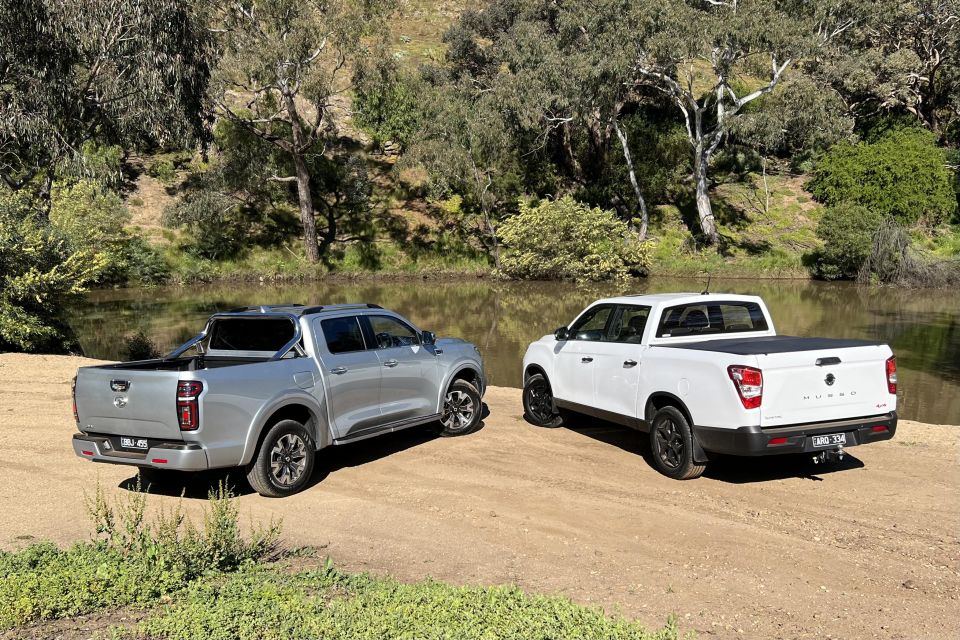
We’re testing both in their highest specification grades: called the GWM Ute Cannon-X and SsangYong Musso Ultimate XLV with Luxury Pack.
The luxurious GWM Ute Cannon-X like ours here is $42,490 on the road. You can get into the mid-spec Cannon-L for $39,490, while the entry Cannon 4×4 is $35,990. The differences focus on luxuries rather than mechanical upgrades.
Our test Musso Ultimate XLV Luxury grade is $45,790. You can get into a base ELX auto for $36,990, plus $1500 for the XLV package that adds a 300mm longer tub, 110mm more wheelbase, and 20Nm more torque, taking it to $38,490.
The ranges largely echo one another, then.
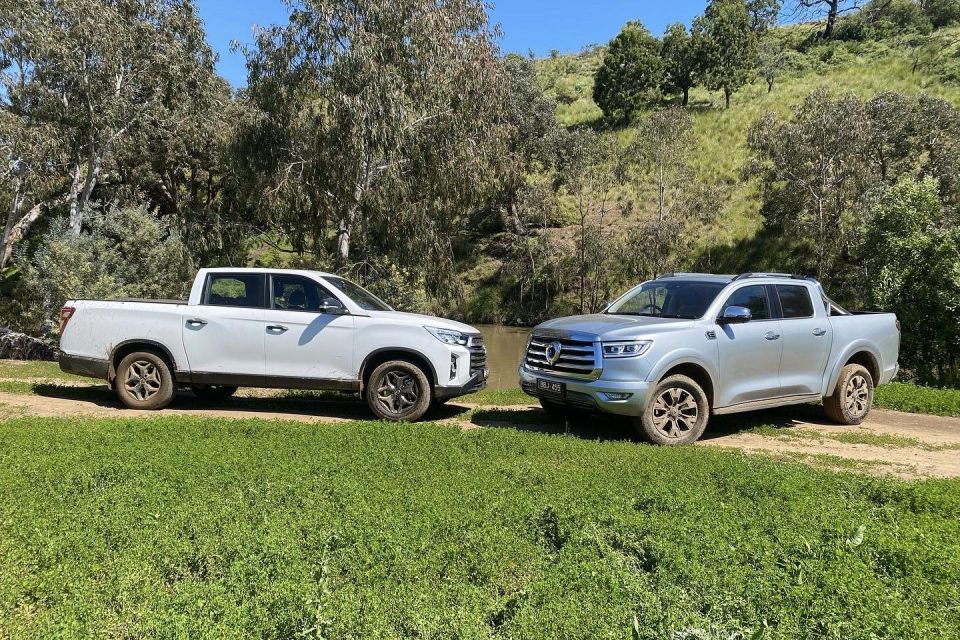
Prices in spec tested (drive-away):
GWM charges another $595 any colour but white (ours is Pittsburgh Silver), while SsangYong charges $495 for the same. Their palettes match: base white and premium silver, blue, red and black.
So this pair in their flagship spec guises are not, strictly speaking, the best examples of cheap utes. But you’re not getting into any name-brand ute, with remotely such a level of kit, for near this sort of coin. A mine-spec Triton GLX dual-cab is $42,590.
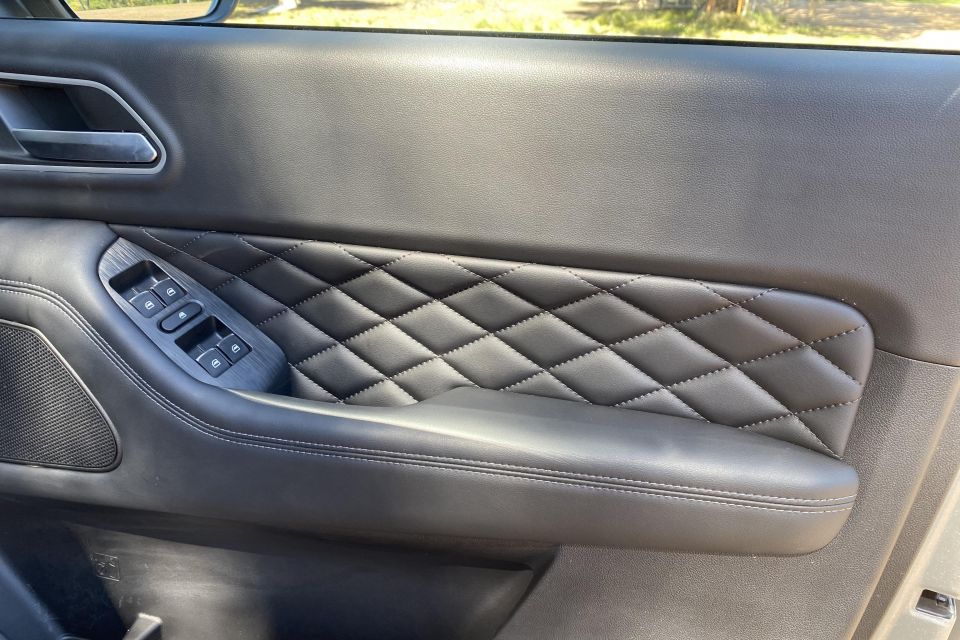
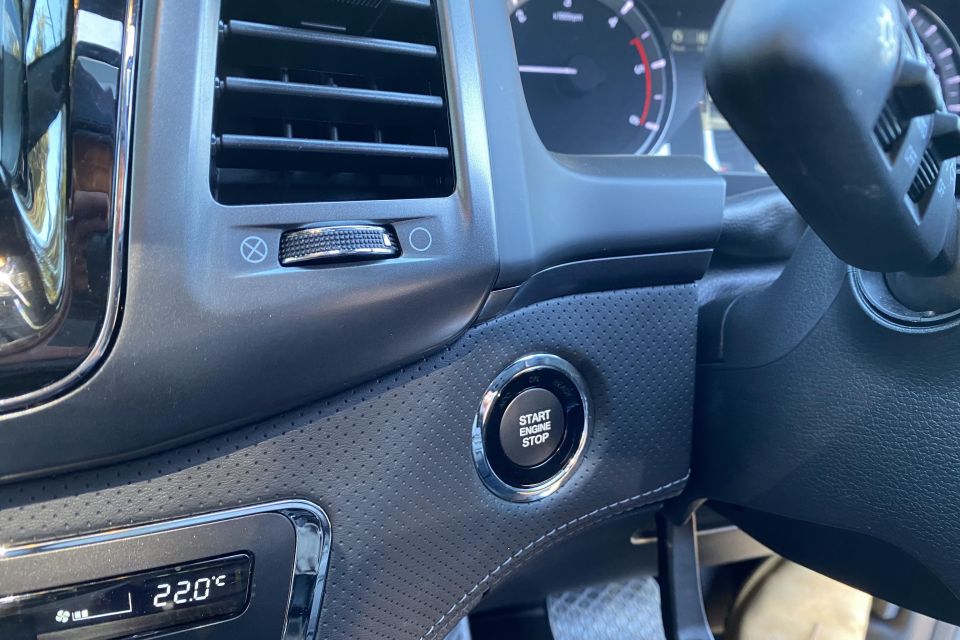
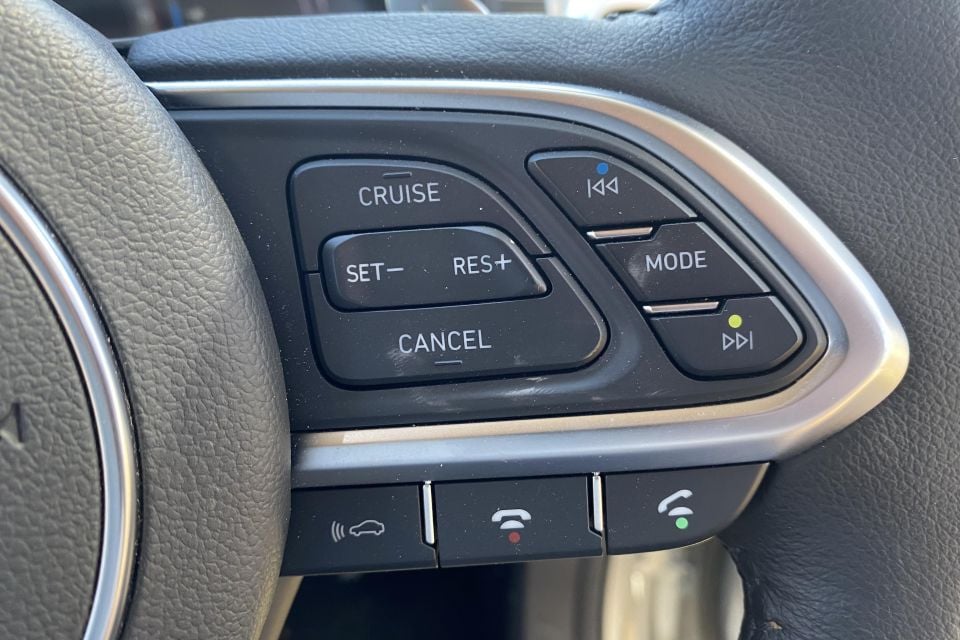
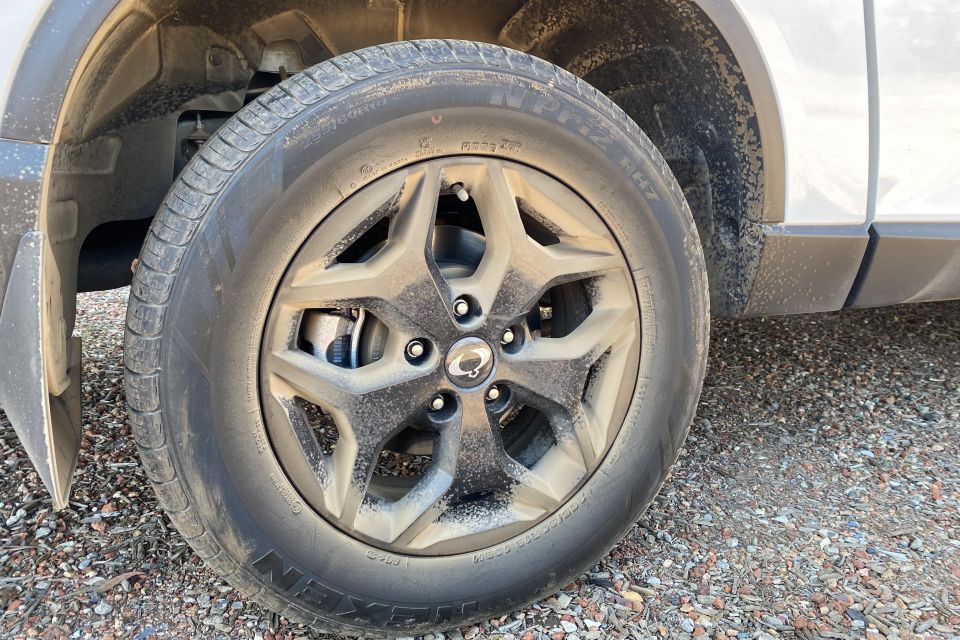
Both come with 18-inch alloy wheels (silver for the GWM, black on the Musso), dusk sensors, LED daytime running lights, a tub liner, hands-off proximity key, and parking sensors front and rear.
The GWM adds some extras: LED headlights in place of HID, side steps (lightweight ones, not proper rock sliders or anything), rear privacy glass, and a shiny stainless steel sports bar.
It rolls on Cooper highway tyres, whereas the SsangYong uses Nexens. If you’re planning on regular off-roading, you’ll be heading to your nearest tyre shop, because these are road-focused sets of rubber.
| GWM Ute | SsangYong Musso | |
|---|---|---|
| Grade | Cannon-X | Ultimate XLV Luxury |
| Wheels | 18-inch alloy | 18-inch alloy |
| Tyres | Cooper Discoverer HT | Nexen N Priz RH7 |
| Headlights | Dusk-sensing LED | Dusk-sensing HID |
| DRLs | LED | LED |
| Side steps | Standard | Not fitted |
| Windows | Rear privacy tint | Normal tint |
| Sports bar | Standard | Not fitted |
| Tub protector | Standard | Standard |
| Proximity key | Standard | Standard |
| Parking sensors | Front & rear | Front & rear |
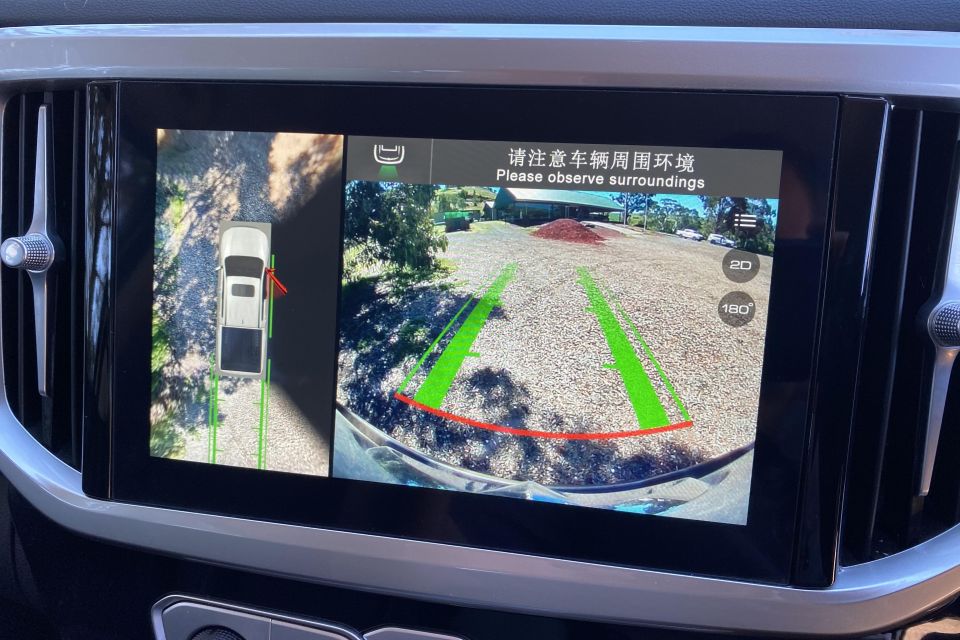

On the inside, both offer climate control AC, powered and heated front seating, Bluetooth phone and audio, Apple CarPlay & Android Auto for map mirroring, and a 360-degree camera view – the GWM’s has some cooler graphics and view modes and is brighter, but the Musso’s appears more natural.
The GWM Ute has better tech: a larger 9.0-inch touchscreen, wireless charger, and a 220V powerpoint.
The SsangYong Musso strikes back with Nappa leather trim (the GWM’s leather is lower grade despite looking great), a sunroof, ventilated front seats, and heated back seats. We will note that these things come only with the Luxury Package.
MORE: 2021 GWM Ute price and specs MORE: 2021 SsangYong Musso price and specs
| GWM Ute | SsangYong Musso | |
|---|---|---|
| Grade | Cannon-X | Ultimate XLV Luxury |
| Air-conditioning | Climate control, rear vents | Climate control, rear vents |
| Seat upholstery | Leather | Nappa leather |
| Front seat features | Powered & heated | Powered, heated & ventilated |
| Sunroof | Not fitted | Standard |
| Centre touchscreen | 9.0-inch | 8.0-inch |
| Bluetooth | Phone & streaming | Phone & streaming |
| Satellite navigation | Not fitted | Not fitted |
| Apple CarPlay | Standard | Standard |
| Android Auto | Standard | Standard |
| Camera view | 360-degree | 360-degree |
| Wireless phone charger | Standard | Not fitted |
| 220V power outlet | Standard | Not fitted |
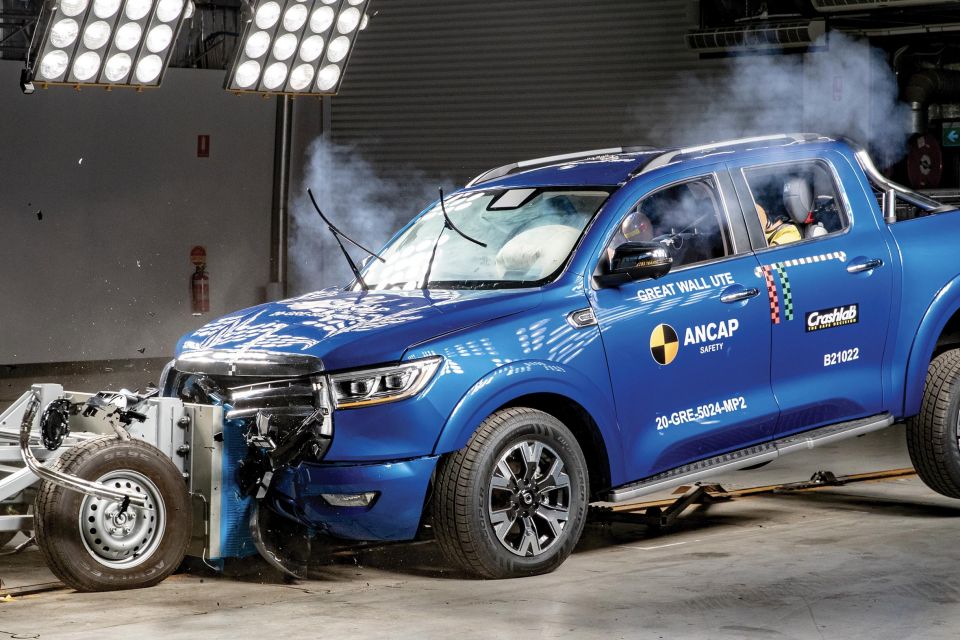
The GWM has just achieved a five-star crash rating from ANCAP, making it only the third ute after the D-Max and BT-50 to ace the latest test procedures.
However this rating only apples to models built after August 2021 automatically – older cars need to return to the dealer for an update.
The Musso is unrated by ANCAP. The only SsangYong with an active safety rating is the unrelated Korando medium SUV, which is a 2019 five-star car.
Both come well equipped with safety features, though I’m not too keen on the Musso’s rear-centre lap belt. All up, the GWM has more going for it in this department.
Make sure if you buy a pre-August built GWM, used, it’s had the ANCAP safety upgrade performed. We plan on seeking clarity from GWM around how this will be verified.
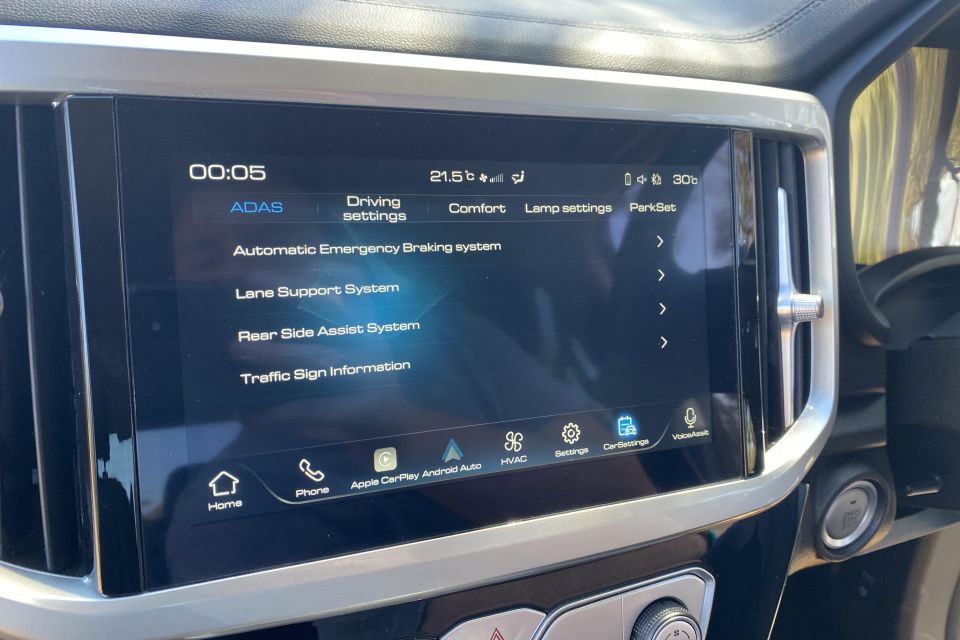
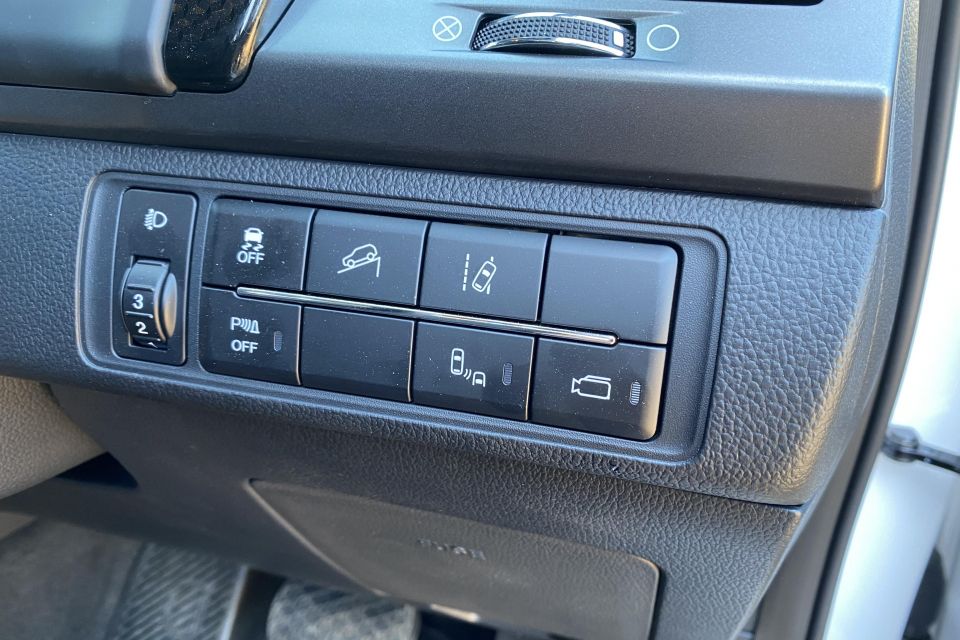
| GWM Ute | SsangYong Musso | |
|---|---|---|
| Grade | Cannon-X | Ultimate XLV Luxury |
| Front airbags | Standard | Standard |
| Front-side airbags | Standard | Standard |
| Two-row curtain airbags | Standard | Standard |
| Front-centre airbag | Standard | Not fitted |
| Child seats | Rear ISOFIX, top tether | Rear ISOFIX, top tether |
| Seatbelt types | 5 x shoulder | 4 x shoulder, rear-centre lap |
| Auto emergency braking | Vehicle, pedestrian, cycle | Vehicle |
| Lane-keeping | Warning and steering assist | Warning |
| Blind-spot monitor | Standard | Standard |
| Cruise control | Adaptive | Passive |
| Forward departure alert | Not fitted | Standard |
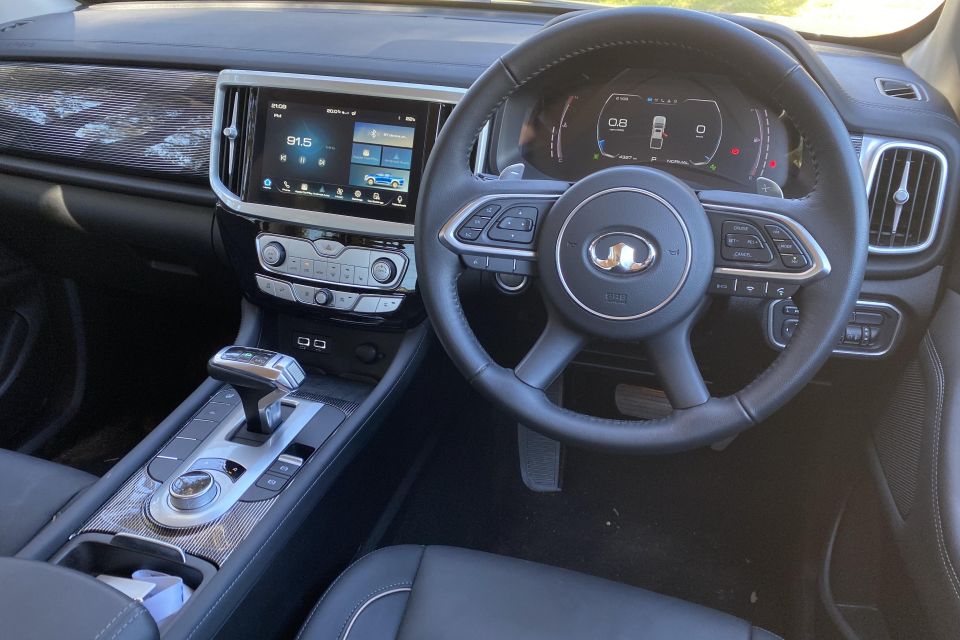
GWM
The use of padded touch points, quilted leather bits, and damped switchgear elevates the interior above feeling cheap or nasty, and the fit-and-finish is on par with other utes on first impression. There are some cheaper odds and ends lower down, but that’s par for the course.
The front seats offer powered movement and heating, and the perforated leather with contrast piping looks genuinely upmarket. There are even nice padded knee-rests on the centre tunnel. The bolstering could be a little firmer though…
The Cannon-X grade brings telescopic steering wheel adjustment as an ergonomic plus, and I found it easy to get comfy. The right spoke has cruise control, audio and phone buttons; the left your audio and instruments.
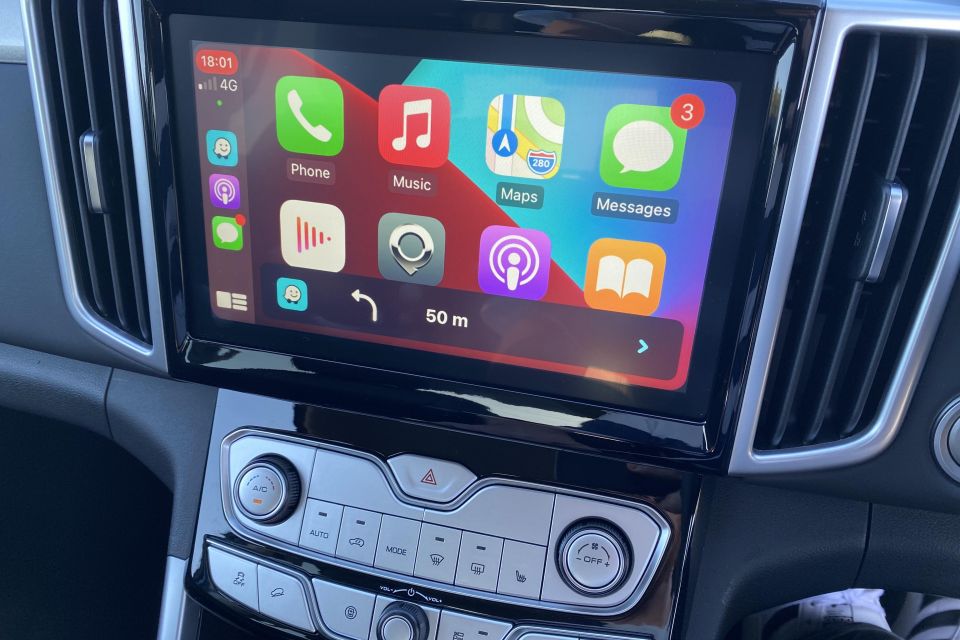

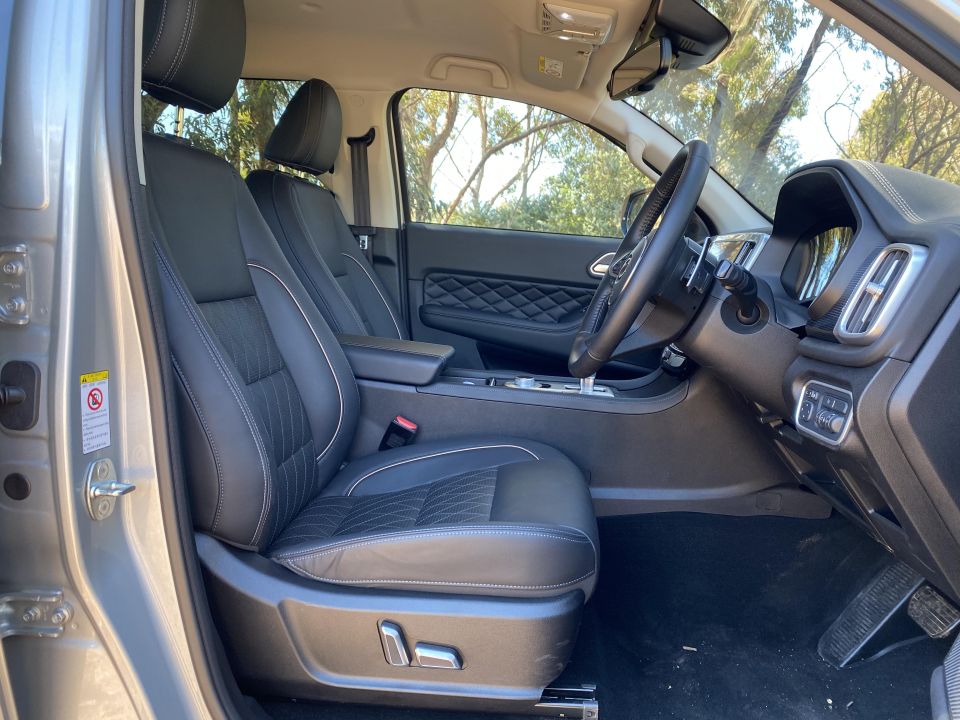
The top-of-the-range Cannon-X adds digital instruments which look flashy, but currently require you to hold a button on the steering wheel for a few seconds to go through all the functions. That’s a UX issue.
The transmission tunnel is solidly bolted in, and the centre console is quite large and topped off by a sliding secondary cubby. Ahead of this is a rotary dial to control your driving mode, an electric park brake and auto hold switch (rare for a ute), and a T-shaped gear shifter than takes a few goes to become natural.
Use-ability is bolstered by the presence of buttons and dials for the audio controls, and to shortcut you to the screen menus for driver-assist feature settings and camera views (replete with Mandarin). It’s a shame they’re surrounded by easily scuffed and oft-dusty piano black.
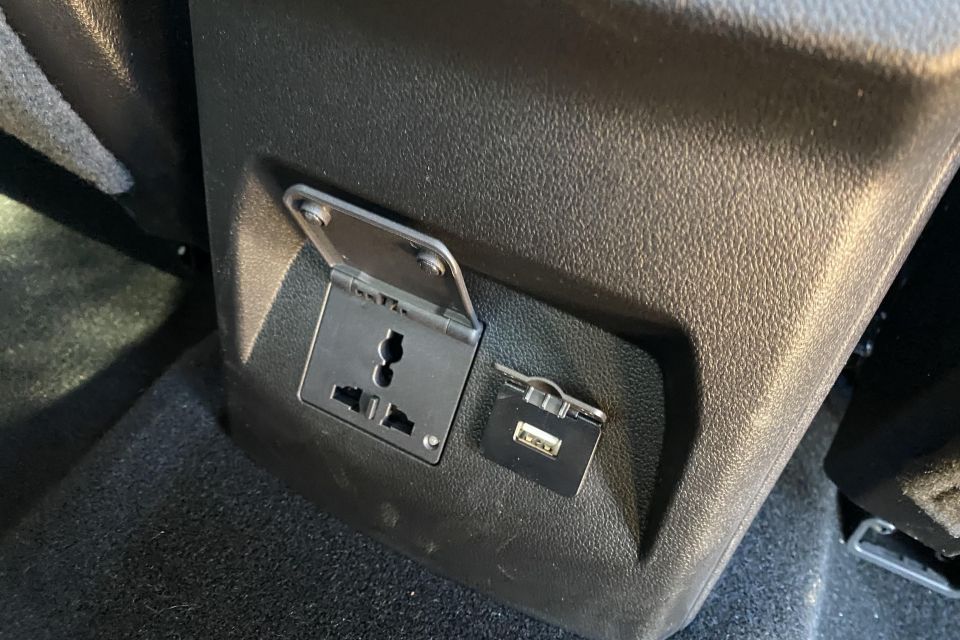
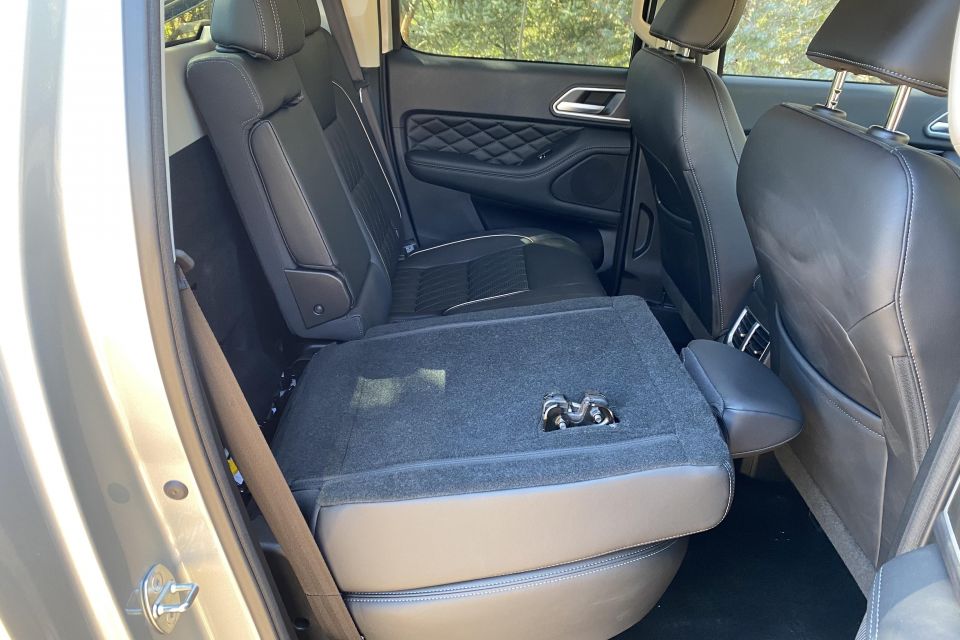
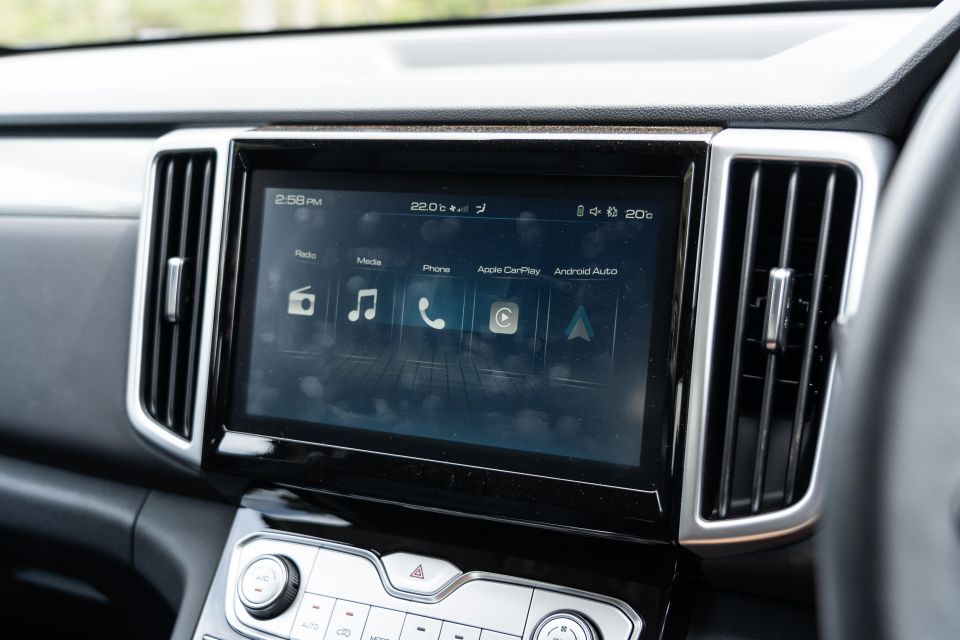
The centre touchscreen is big and flanked by vents with knurled dials, and its home menu is pretty easy to work out. The graphics are up-to-date and it responds to inputs pretty quickly. Lack of sat-nav notwithstanding, it feels slicker than a Navara’s or Triton’s.
A key requirement for any dual-cab must be its back seats, since they may need to be able to carry the kids in safety and fit a couple of big blokes without making them whinge – depending on the day and time.
The GWM’s back seats are really roomy. I’m 194cm yet had legroom, toe room (in size 13 boots) and shoulder room behind my own driving position.
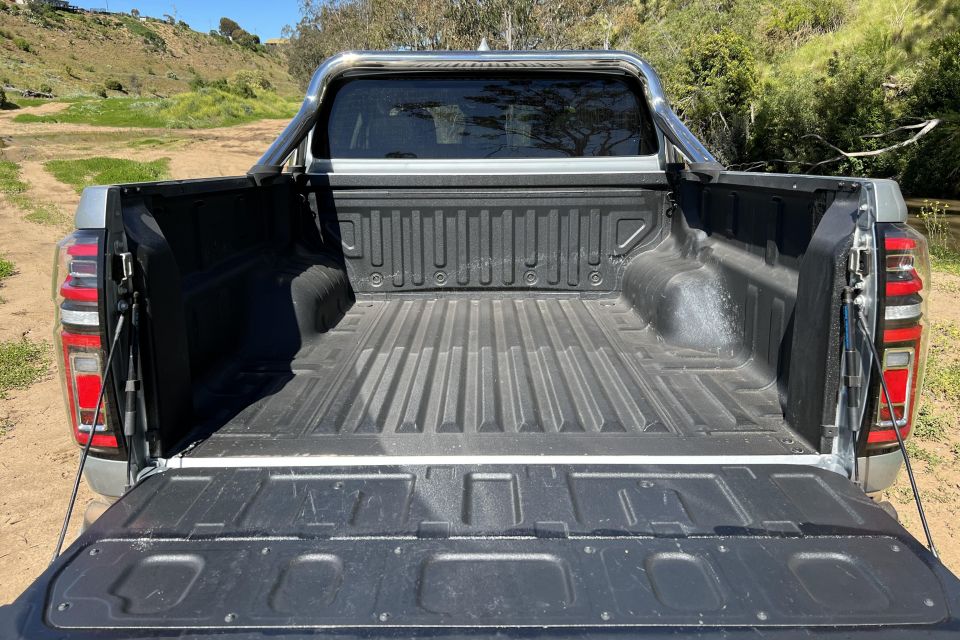
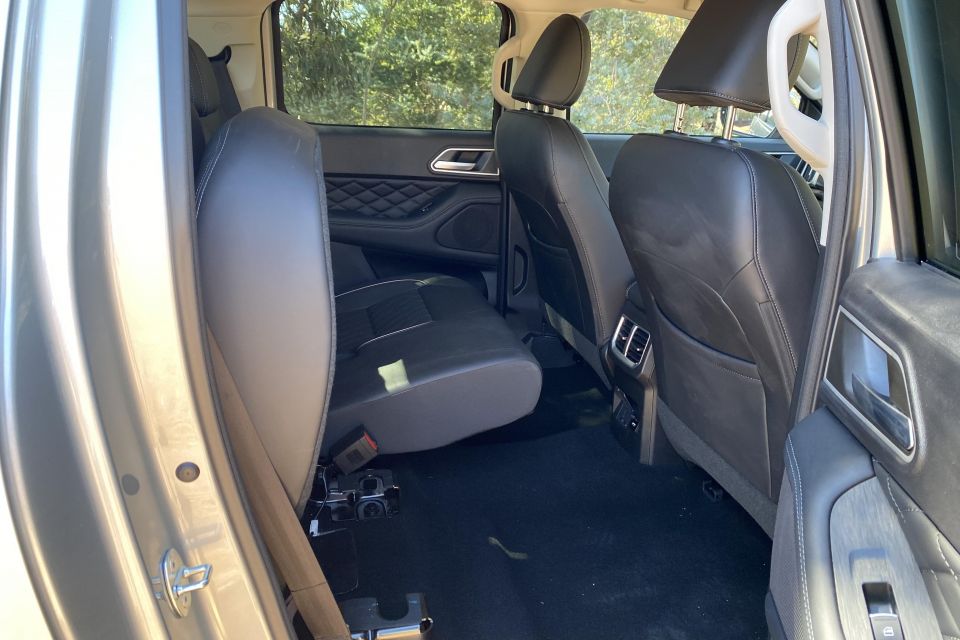
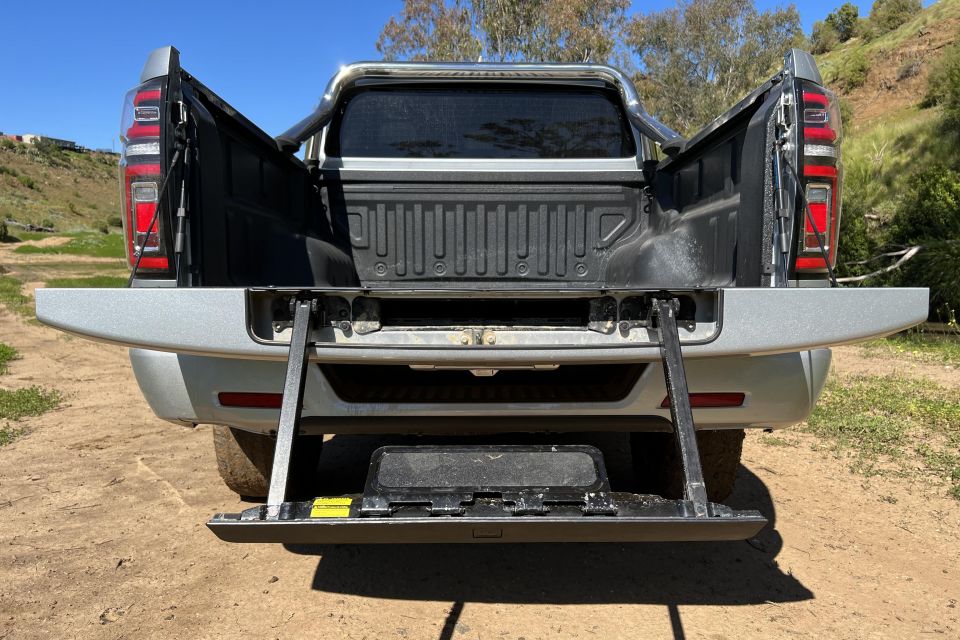

The back seat bases lift up in two pieces, and the backrests drop likewise. The top-tether and ISOFIX attachment points are easy to reach, which is not something all utes can claim.
In terms of amenities there are vents, overhead pull-down handles, that trick 220V power outlet (the Musso has 12V), USB point, armrest with cupholders, map pockets, and bottle holders in the doors. And get a load of the quilted, diamond-pattern leather door inlays.
On the tub front, the bedliner is a spray-in job, there are sporty sports bars (just bolted to the top lip), and four tie-down loops. But the party tricks are the tailgate with its gas struts for easy lifting, and the nifty little step ladder that folds out from it.

SsangYong
The Musso makes an even better first impression. That such a small and perpetually skint manufacturer can make such a premium ute cabin, that puts a Ranger’s in the shade as far as materials go, is a minor miracle. Yet it’s the case.
Next to the GWM, the Musso’s leather feels plusher too, its switches heavier, its perforated leather dash trims more expensive, and it has a sunroof unlike any other ute bar the Navara. It’s all built as solidly as a Hyundai or Kia.
Like the GWM, the Musso’s wheel moves for rake and reach, and I prefer the simplicity of its instruments: two analogue gauges for speed and revs flanking a TFT with various digital speedo designs, technical animations, and trip data.
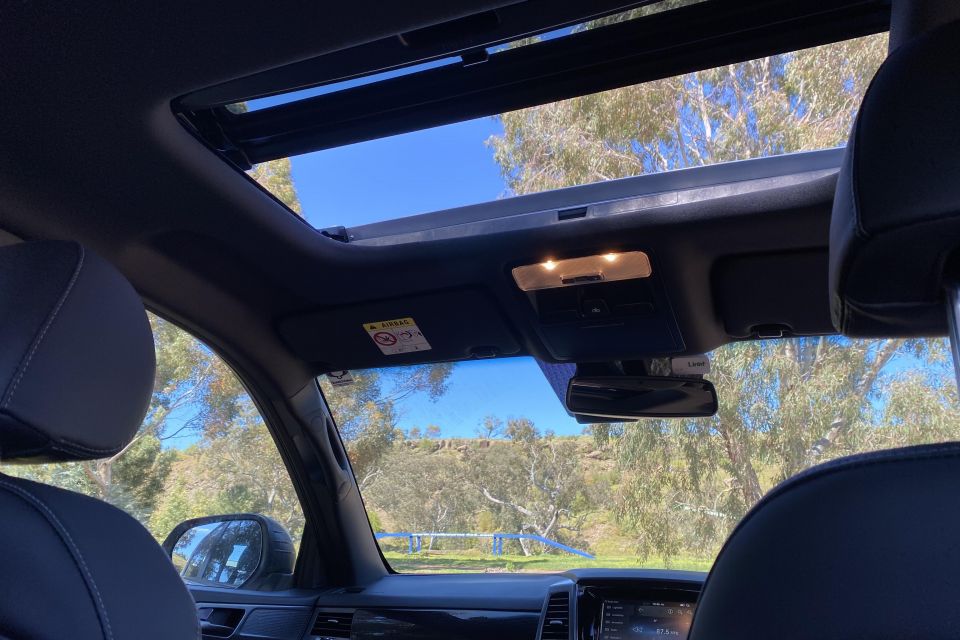
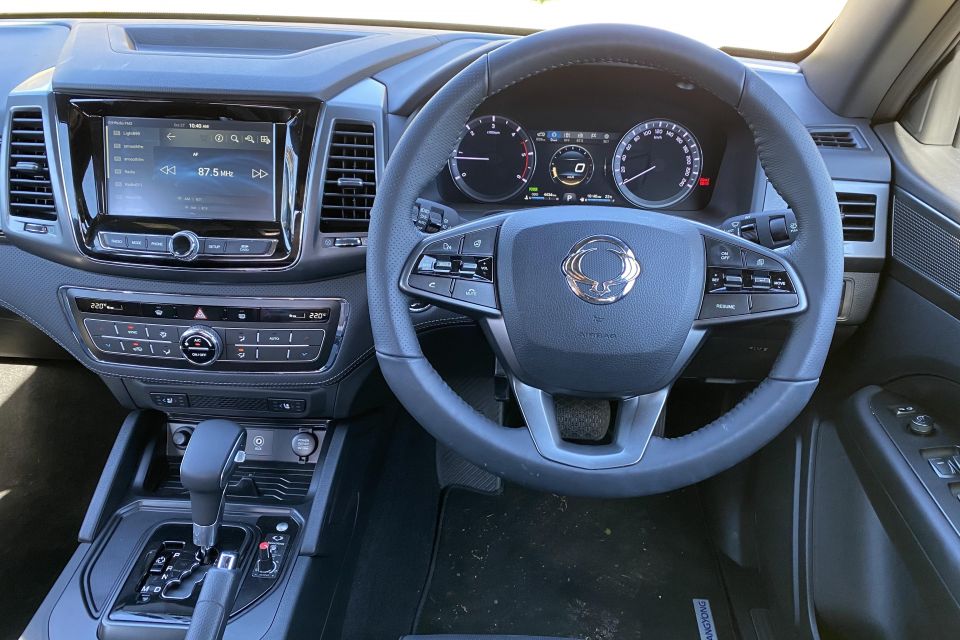
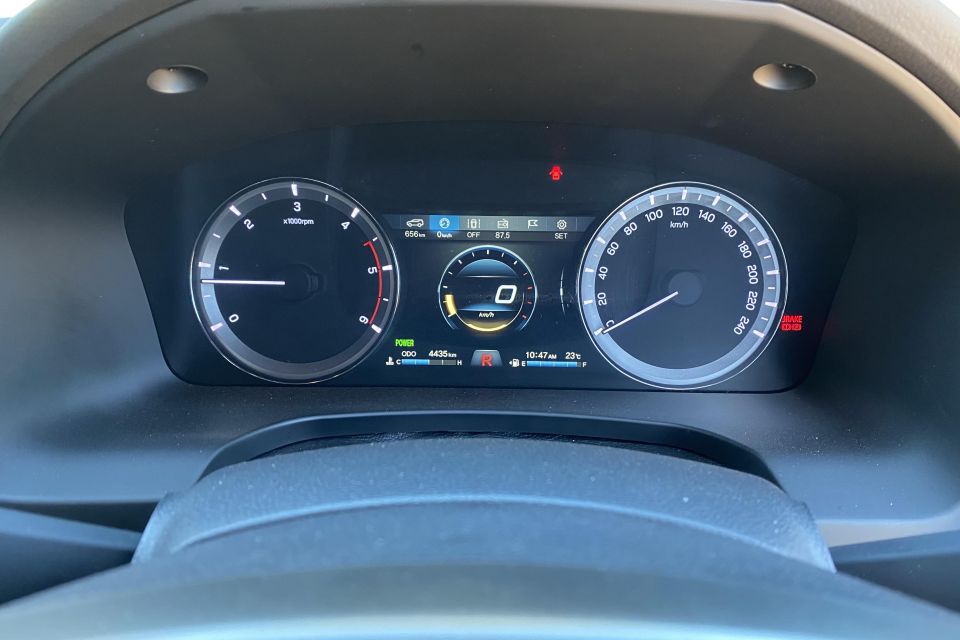
Where expert car reviews meet expert car buying – CarExpert gives you trusted advice, personalised service and real savings on your next new car.
The wheel is nicely trimmed, but the spoke switches and buttons feel cheap.
The centre tunnel looks more conventional than the GWMs and is even sturdier: ahead of the padded console lid are two toothed cupholders, a classy 4×4 mode dial, a mechanical handbrake release and a more traditional design gear shifter that offers clearer feedback.
Like the GWM there are buttons and dials for ventilation controls and audio functions, but the Musso’s are all damped and knurled like a premium SUV’s might be. It’s quite surprising, really.
There’s also an extra zone of climate control and ventilated front seats which, along with the sunroof, makes this the winner on sunny road trips.
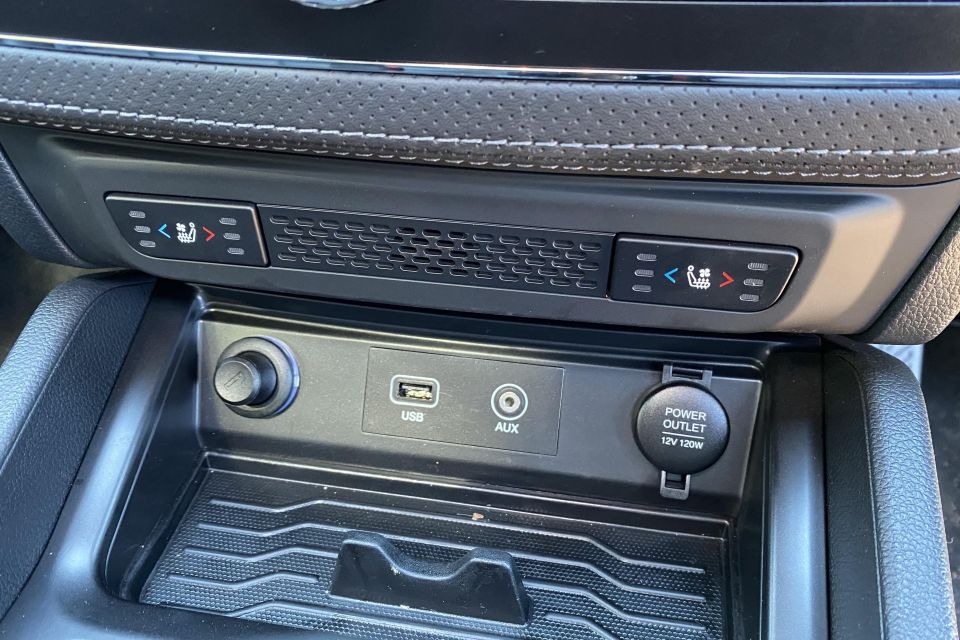

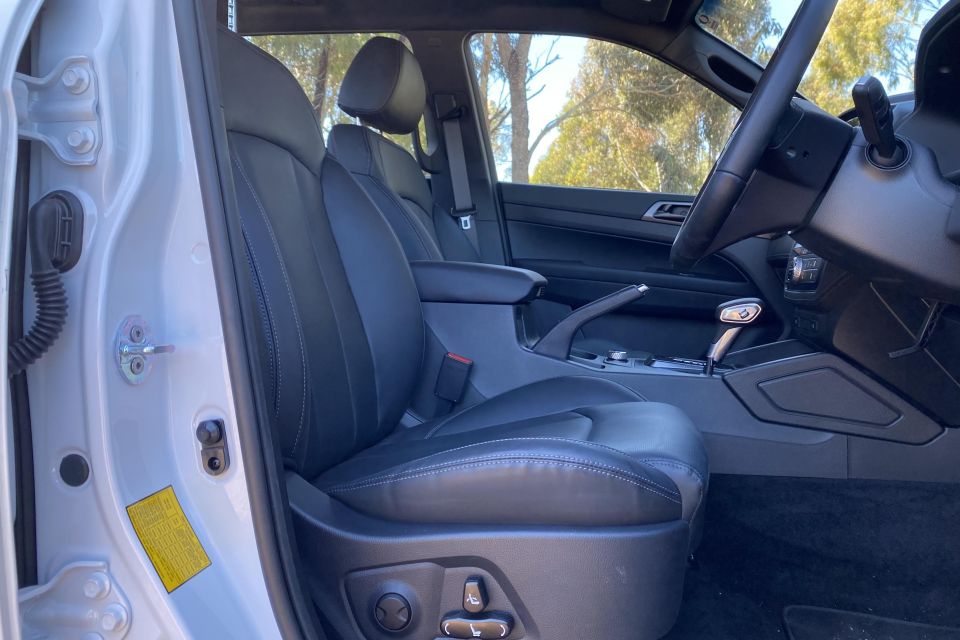
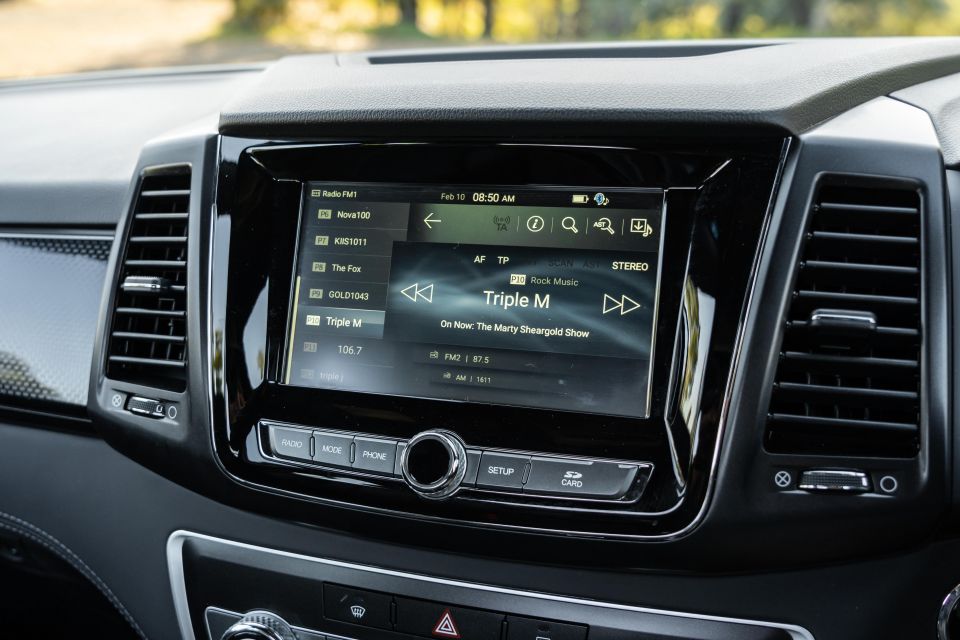
The centre screen is menus are more basic than the GWM’s. The skin, fonts and buttons are all clearly aping Volvo, but if you’re going to mimic someone it may as well be the best.
The back seats are not as capacious as the GWM’s, though I can still fit behind my own seating position at a pinch. Those back seats are also heated in the outboard bases. You get rear grab handles, cupholders and vents, but no plugs or connectivity.
The seat backtest tumbles downwards in one piece.
The tub is longer and wider than the GWM’s though there’s only a few cm in it, and it lacks the tailgate tricks. There are no steps or bars, but there’s a drop-in tub liner and our car came with a canvas tonneau cover. These Mussos look tough with a canopy, by the way.
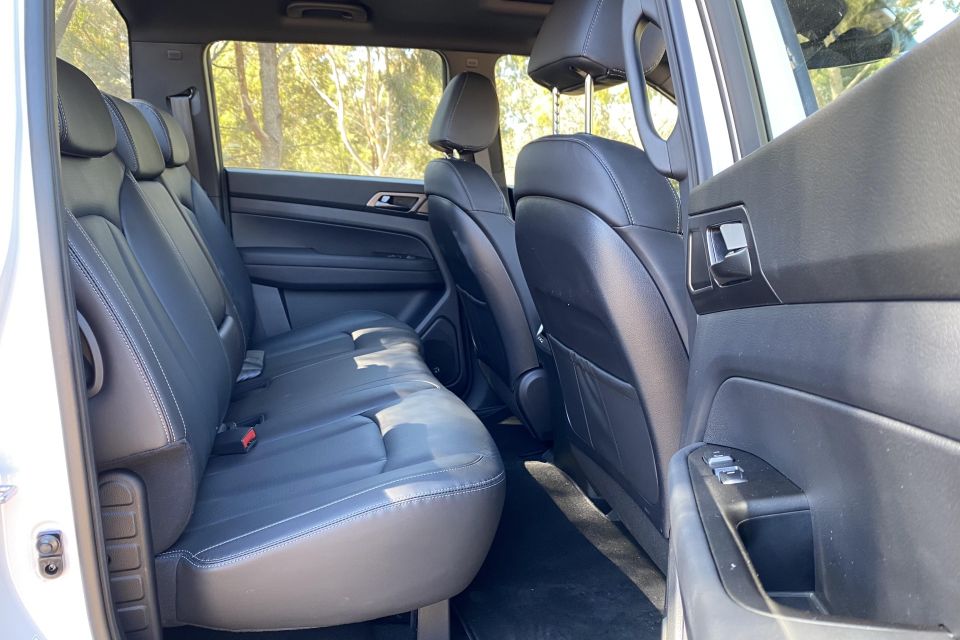
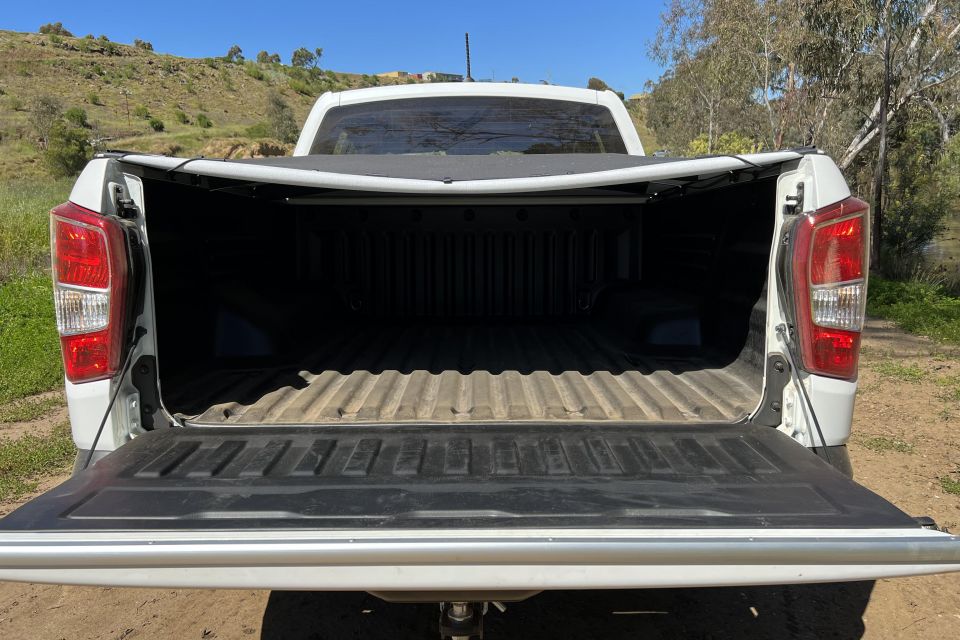
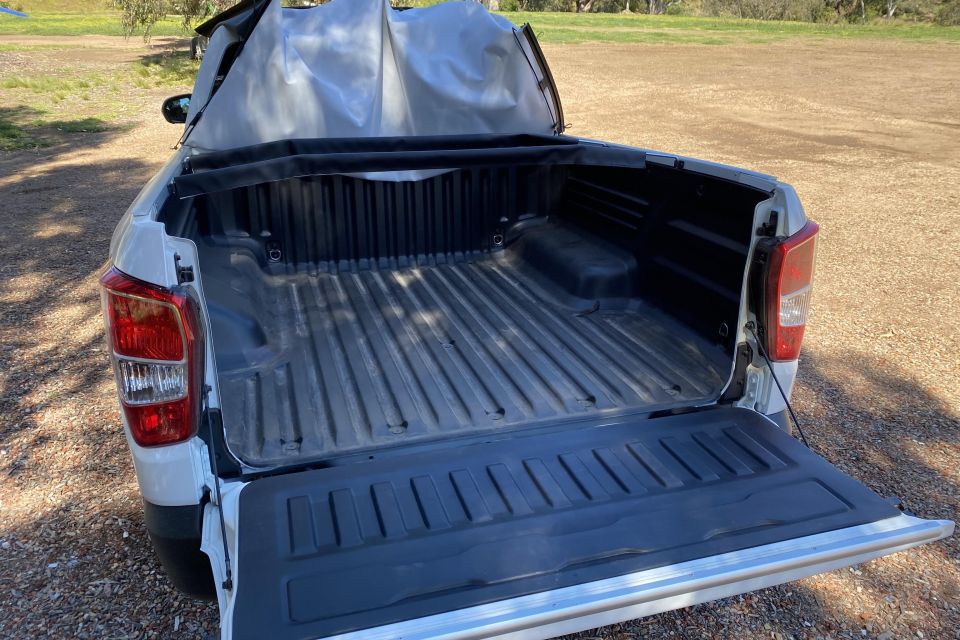
| GWM Ute | SsangYong Musso | |
|---|---|---|
| Grade | Cannon-X | Ultimate XLV Luxury |
| Length | 5410mm | 5409mm |
| Width | 1934mm | 1950mm |
| Height | 1886mm | 1855mm |
| Wheelbase | 3230mm | 3210mm |
| Tub length | 1520mm | 1600mm |
| Tub width | 1520mm | 1570mm |
Neither competes with the big boys, unlike fellow cheap ute the LDV T60 with its 160kW/500Nm punch (the trade-off with that car is poor refinement and limited active safety).
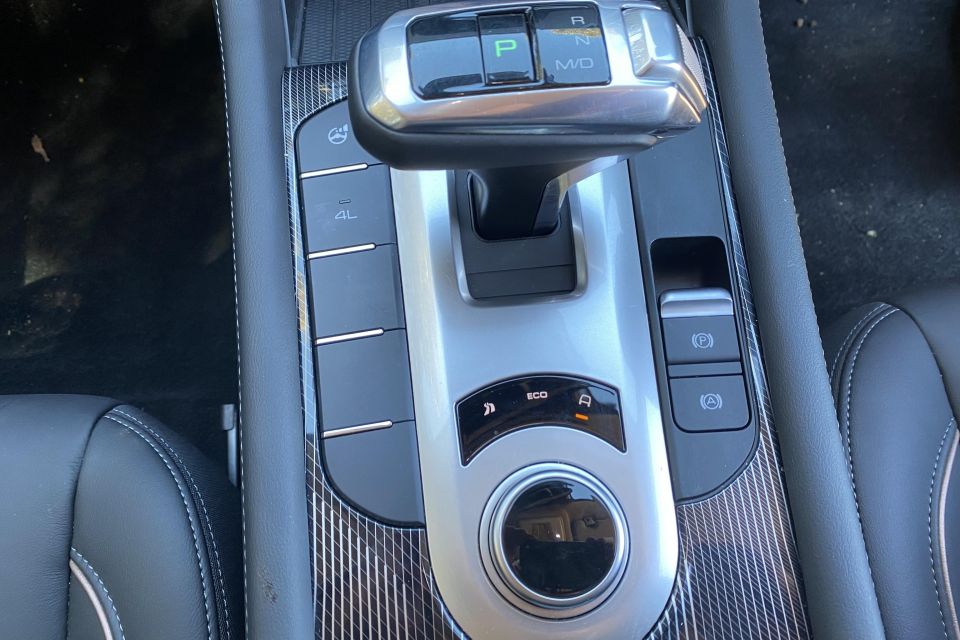
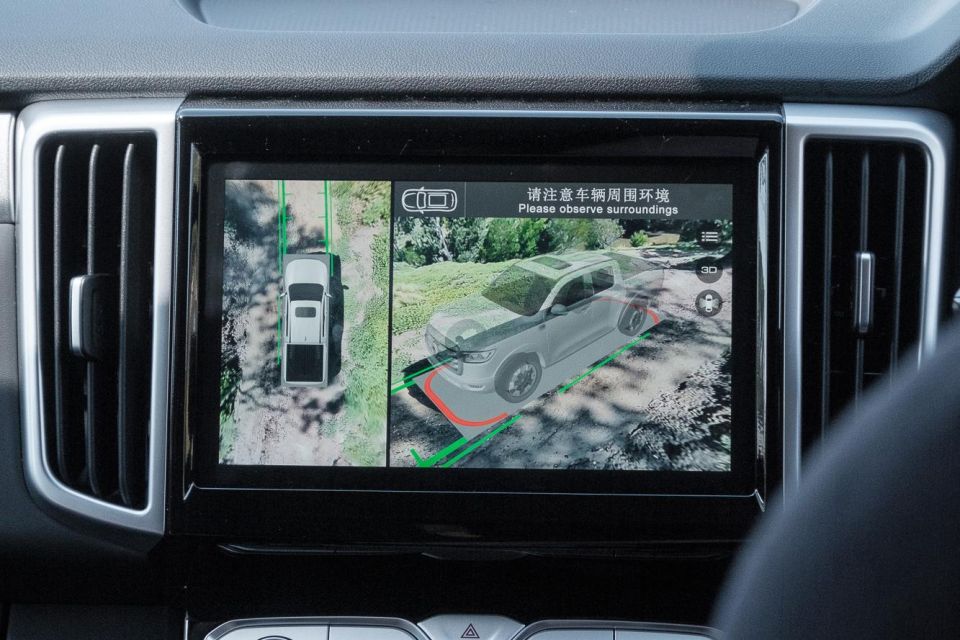
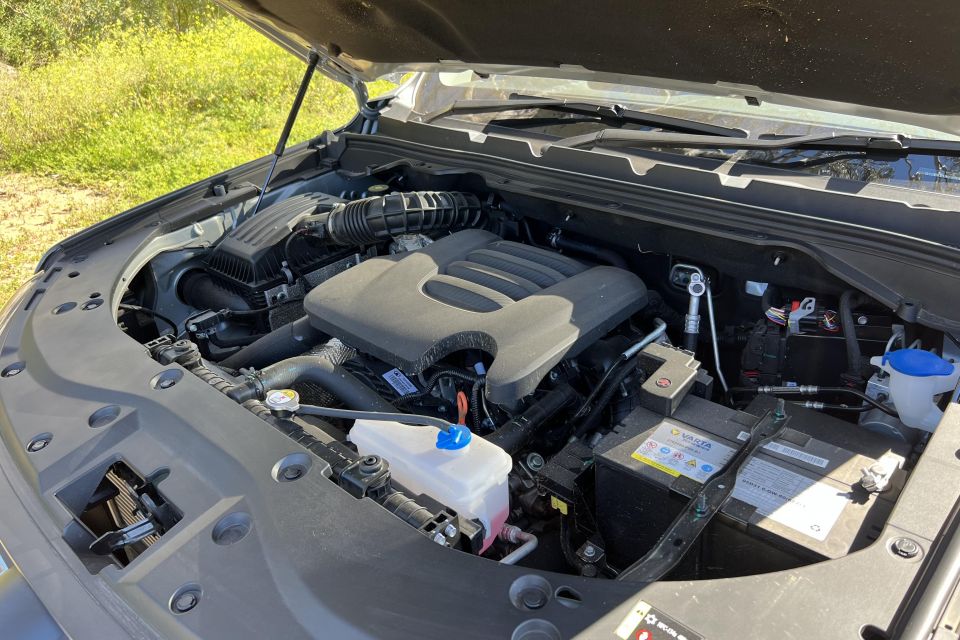
GWM
GWM’s 2.0-litre diesel (under a bonnet with gas struts, a small but worthy detail) is its least convincing aspect. It’s quite smooth and refined, but its 120kW and 400Nm outputs are sub-par, ditto its 3000kg towing capacity.
It does however have a good ZF eight-speed automatic transmission and a clever torque-on-demand AWD system that stays active during road driving with worrying about mechanical damage, coupled to a proper 4L low-range for off-roading.
Despite offering less grunt than its rivals, its 9.4L/100km fuel economy isn’t particularly good either.


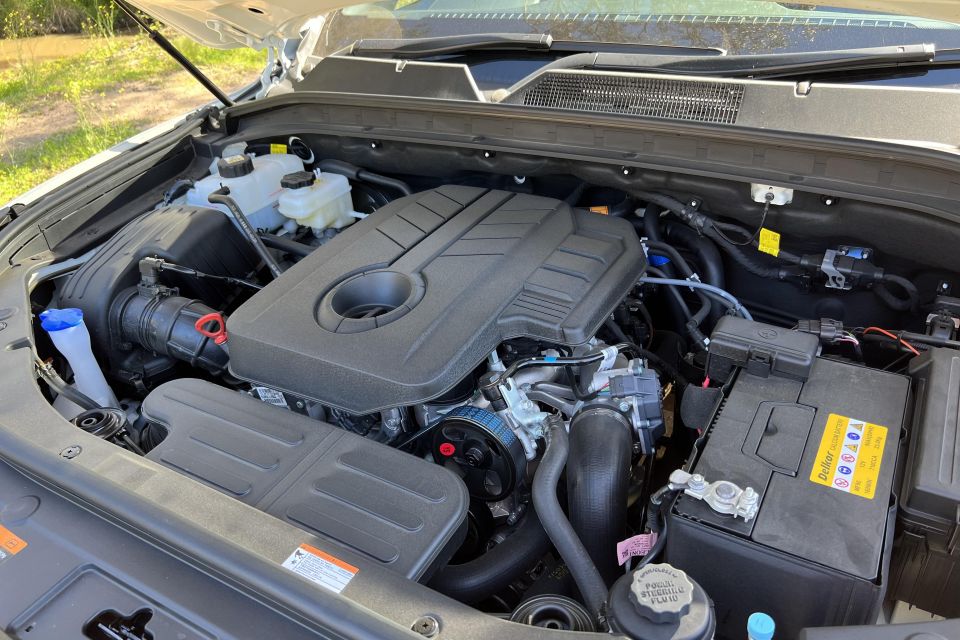
SsangYong
SsangYong’s in-house 2.2-litre makes 133kW and 420Nm, though it has to move a 100kg heavier vehicle. It offers a superior 3500kg towing capacity and greater GCM.
It runs a six-speed automatic transmission from Aisin, and a more conventional part-time 4×4 system with rear-wheel drive, switch-on-the-fly 4H, and low-range.
Its fuel economy rating is a superior 9.0L/100km, though its tank is just a smidgen smaller in volume.
| GWM Ute | SsangYong Musso | |
|---|---|---|
| Grade | Cannon-X | Ultimate XLV Luxury |
| Engine | 2.0-litre 4-cyl diesel | 2.2-litre 4-cyl diesel |
| Power | 120kW @ 3600rpm | 133kW @ 4000rpm |
| Torque | 400Nm @ 1500-2600rpm | 420Nm @ 1600-2600rpm |
| Kerb weight | 2175kg | 2274kg |
| Transmission | 8-speed automatic | 6-speed automatic |
| Drive system | On-demand AWD, low-range | Part-time 4×4, low-range |
| Towing capacity | 3000kg | 3500kg |
| Fuel economy ave | 9.4L/100km | 9.0L/100km |
| Fuel tank | 78L | 75L |

GWM
The engine is quiet and refined, which is a good start, and while it lacks grunt next to the segment leaders, its smoothness coupled with that good ZF eight-speed auto means you’re rarely caught short for too long. There’s decent pickup when rolling.
GWM did a software change after early models were criticised for doughy throttle calibration, and it does seem to reply to a bootful with a little more veracity, though it’s still not rapid. There’s a sportier mode, but other than holding low gears for longer it doesn’t do a huge amount.
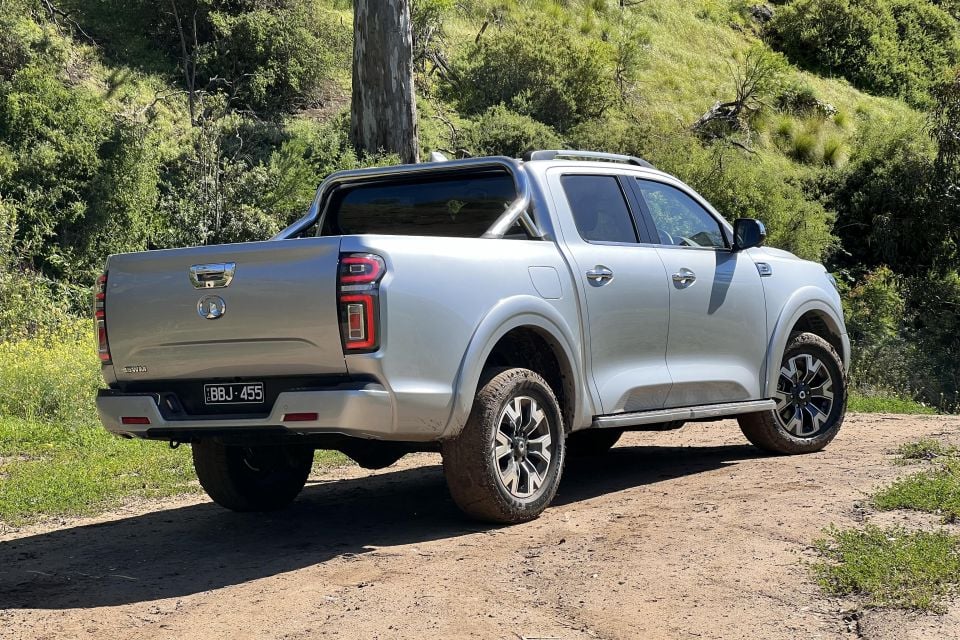
Some effort has also into tuning the ESP so it doesn’t kill all power on gravel, too.
There’s road and wind noise, but its discrepancies in the decibel department really indicate more just how refined the Musso is. It also has (about 75 per cent effective) steering corrections when you go outside the lane, and adaptive cruise control, which are handy.
Its suspension design is common for the class: double wishbones up front and load-friendly leaf springs at the rear. While it’s a little ‘busy’ and unsettled over corrugated roads, it’s not excessively stiff and bouncy by class standards, and the Cooper tyres are decent quality.
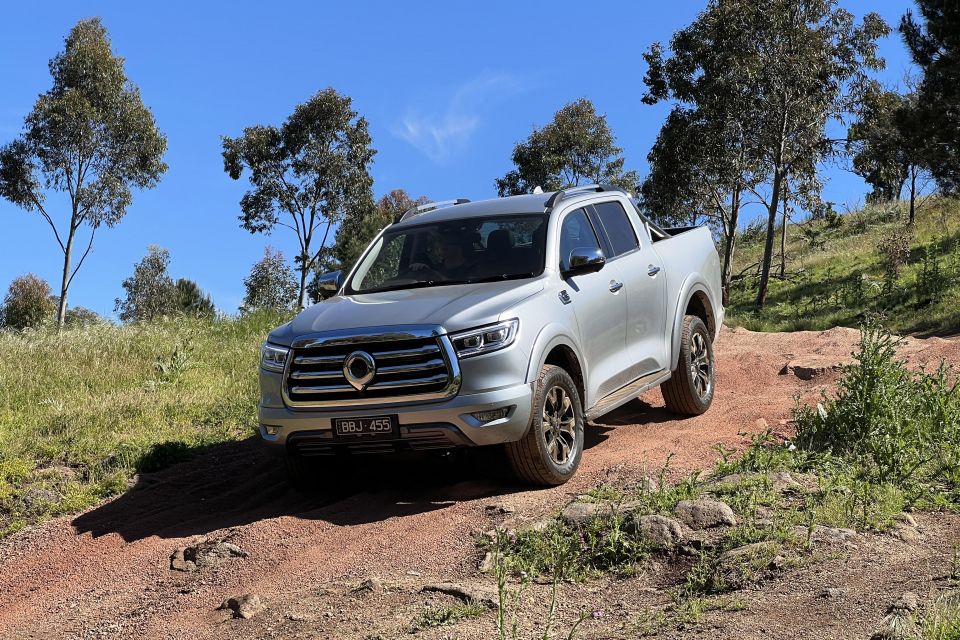
The EPAS system means very light steering, lacking in feel but easy on the arms, while unlike a Ranger or HiLux both the GWM and Musso come with rear disc brakes instead of drums.
I’m looking forward to seeing the aftermarket offer some solutions here, and also eagerly awaiting GWM’s promised local tuning program. That might be a game changer for its suspension capability and comfort. Acceptable but not perfect, thus far.
I put 650kg in the tub, and the ride became a little more subdued and smoother. While the rear suspension certainly dipped down there was still some travel and ‘give’ over speed bumps, and the steering feel and road views didn’t change noticeably. Kept stable, too.
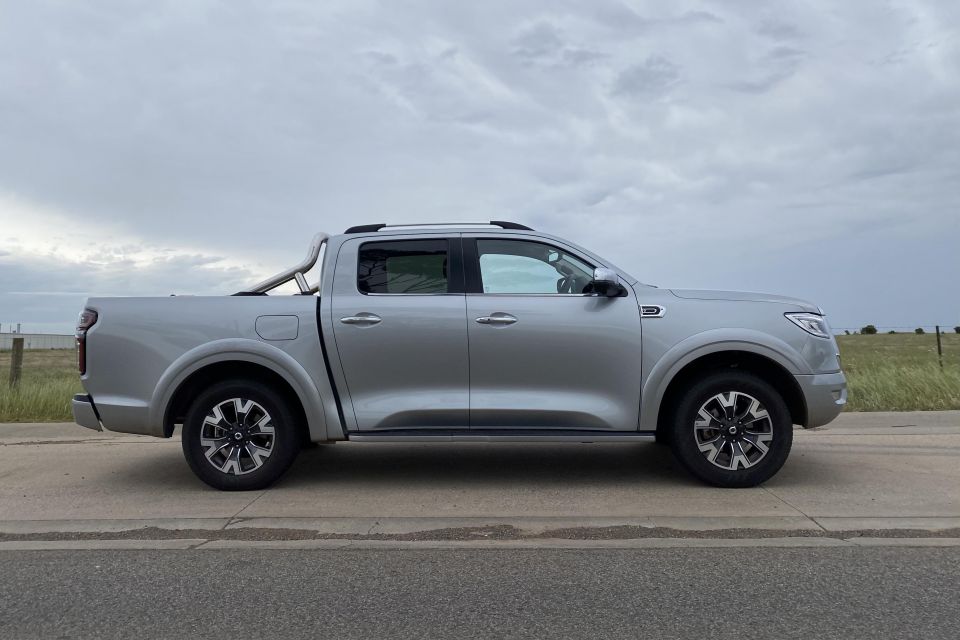
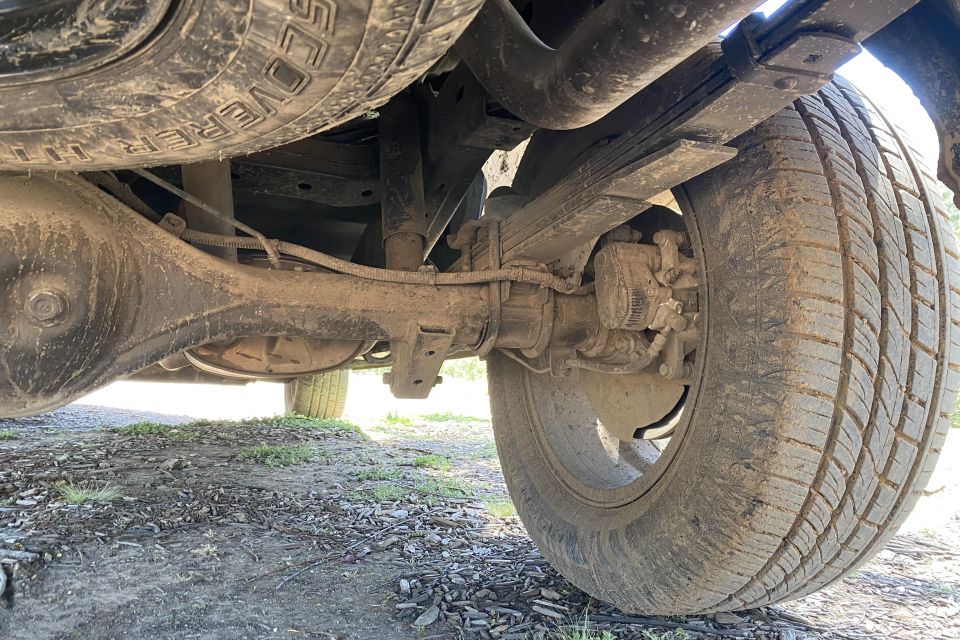
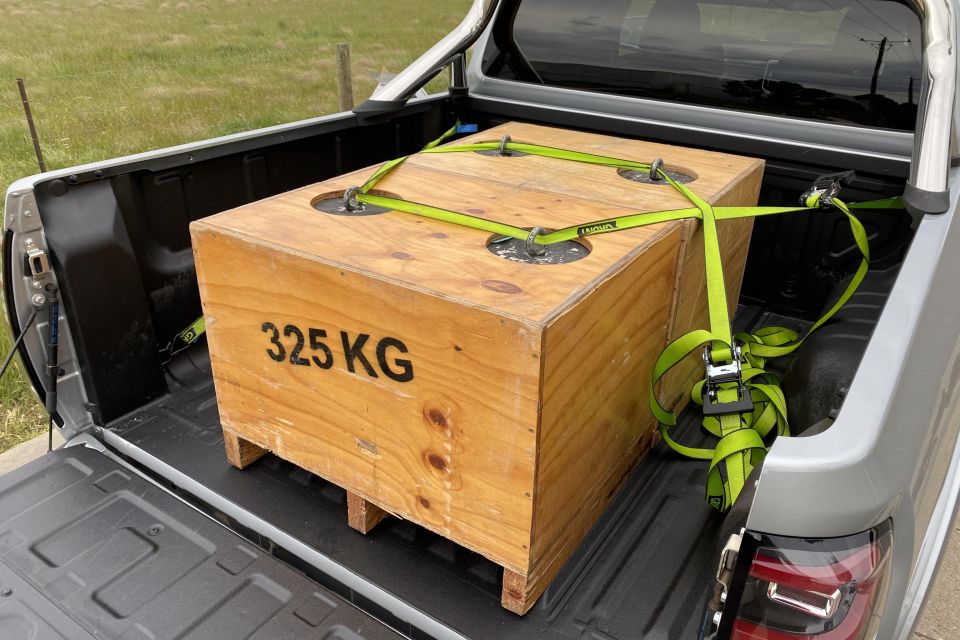
Engaging the Borg Warner low-range switches on the centre diff lock. Incidentally, the process of engaging 4L is easy: neutral, press button, wait 2 seconds, click, back to D, depart.
The downhill assist control function also worked well, meaning you can press the button and let the car control its own speed without running away from you, or overheating the brakes. The Musso also uses a similar system. Be on guard, but don’t be afraid to try them.
The gearing is on par with other variants in the dual-cab class, and there’s a switchable rear diff lock for ruts. On a hillclimb the suspension ran short in the deep holes but said rear locker nipped useless wheelspin in the bud quickly.
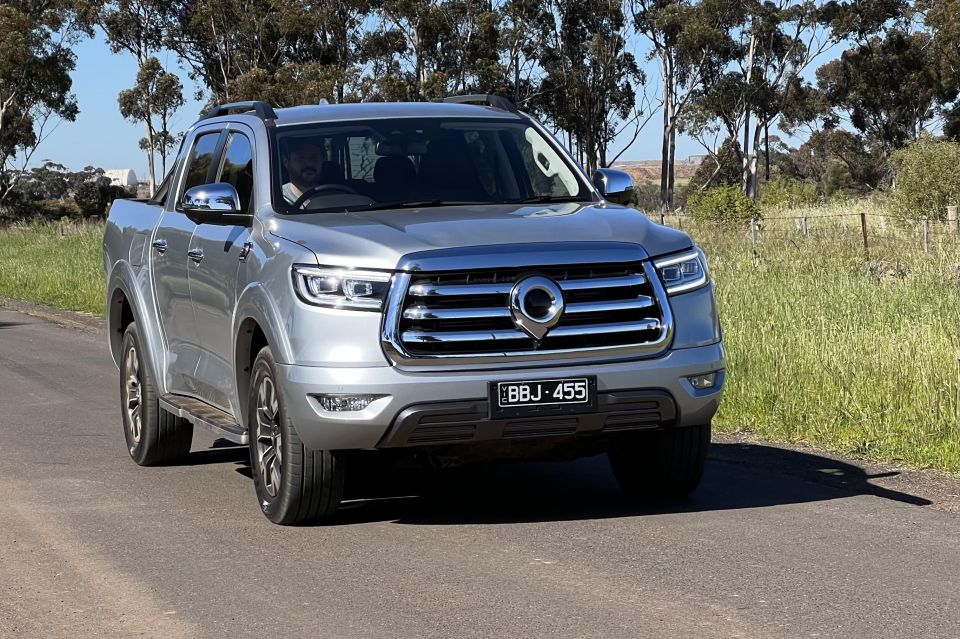
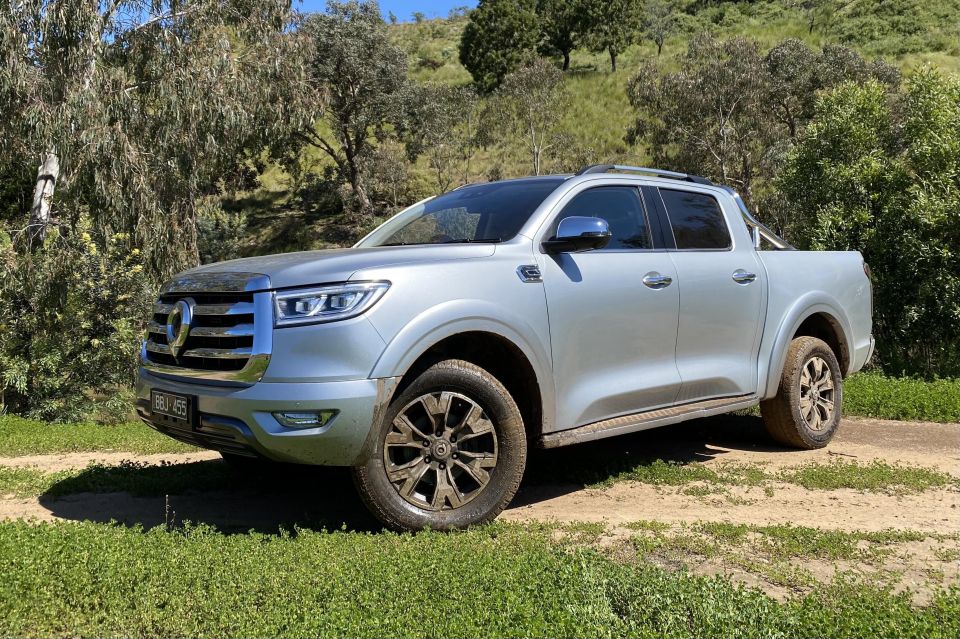
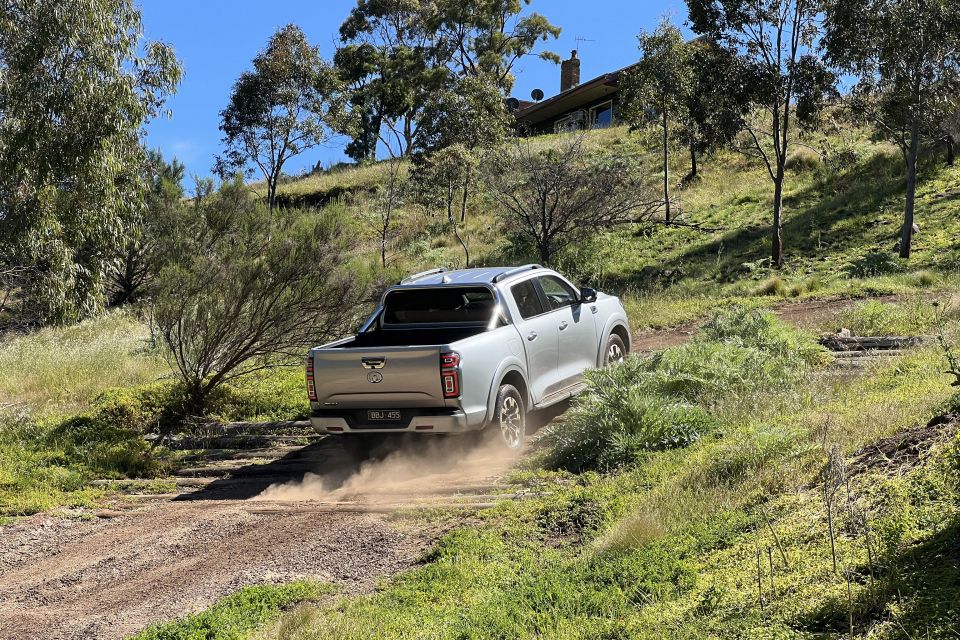
During off-camber inclines the Cannon felt stable with the rear flexing nicely and the front resisting lifting. Whilst the rear suspension is touted to be a heavy-duty leaf setup for load carrying, it flexed well and was relatively comfortable, even when unladen.
The long wheelbase (this thing is about Ranger size, ditto the Musso) does make a difference in keeping the ride stable, but the payoff is a reduced ramp-over and a hindrance to agility. Its turning circle isn’t small by anyone’s standards…
Over rocks the clearance and ramp over angle mean a few more bumps and scrapes, but it’s more elevated than the Musso. I’d be whipping those tacky side steps off immediately though – I’m surprised we didn’t return them scuffed.
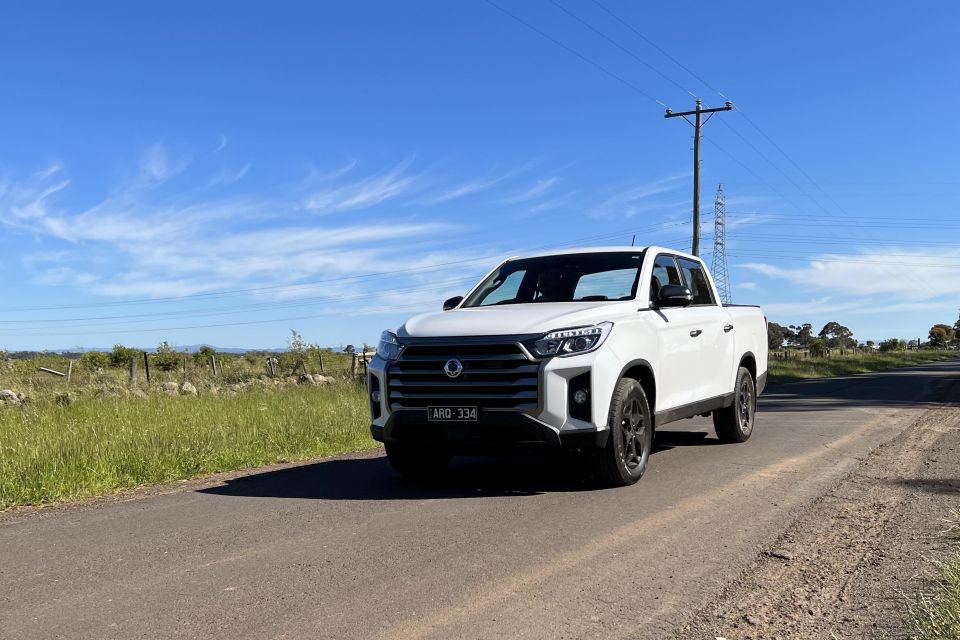
SsangYong
What a solid engine: smooth, extremely quiet, and quick, especially in sports mode. Little throttle or turbo lag here, and well-spaced gear ratios for the most part with just some occasional hunting on highways at constant speed on modest inclines.
All up it edges the GWM for rolling response despite offsetting the torque advantage with fewer ratios, and rips off the line better – that said, it’s only 2WD on roads and if it’s a wet day the gap between the pair is sure to narrow.
The acoustic windscreen and noise-deadening insulation helps tremendously, with the Musso feeling the quietest ute over our corrugated gravel, and patchy bitumen test roads, this side of a big American pickup truck.
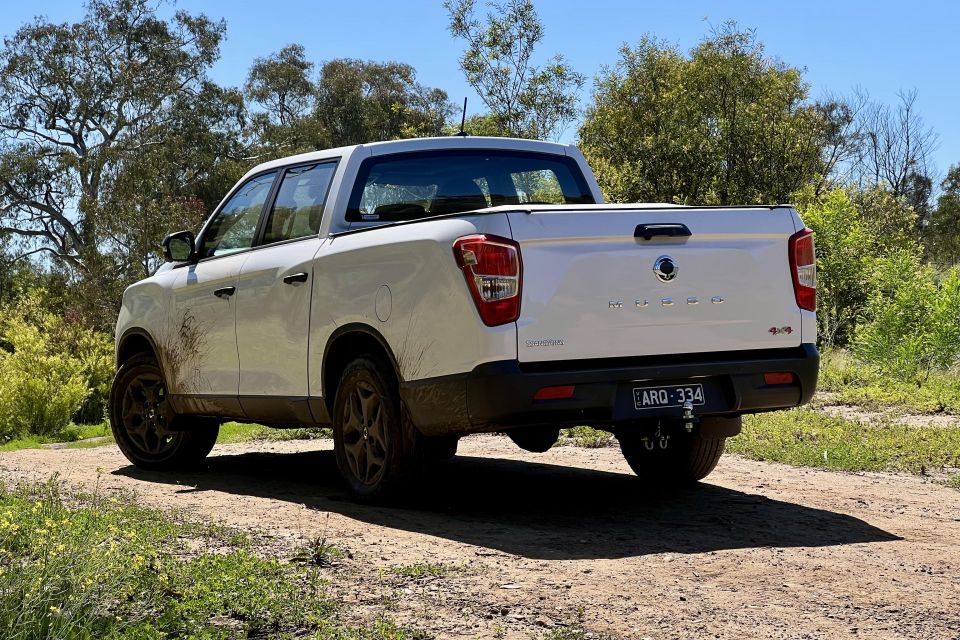
With a decent engine, great tow rating, and beyond-average refinement, it should hold appeal to caravan towers who are willing to take a punt on something outside the box, actually.
The steering transmits more road imperfections to your hands than the GWM and has a little more resistance. Ditto the suspension tune, with the front dampers in particular not filtering out the rapid-fire corrugations so common to regional Australia as well as some locally tuned rivals.
Its rear coils improve road-holding and settle the unladen tub at the expense here of payload (they’re not two-stage, it seems), but in truth it’s not a revolutionary step change.
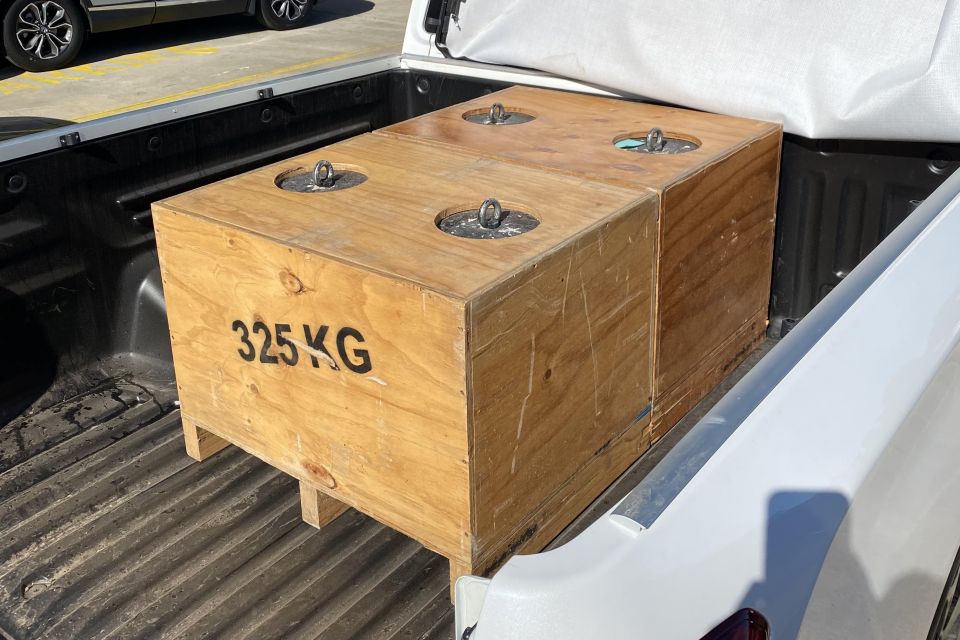

With the same 650kg as the GWM it definitely sat lower at the rear, but again retained some modicum of compliance over sharp hits and felt stable even when nudging payload. There’s also plenty of scope for towing above GVM, as the GCM listed below shows.
Note, you can get the Musso XLV longer-tub like this with leaf springs and a 1025kg payload, albeit only in lower ELX trim grade.
Off-road the major impediments are the pretty road-biased Nexen tyres, the limited 215mm of clearance, and a big ol’ rear overhang.
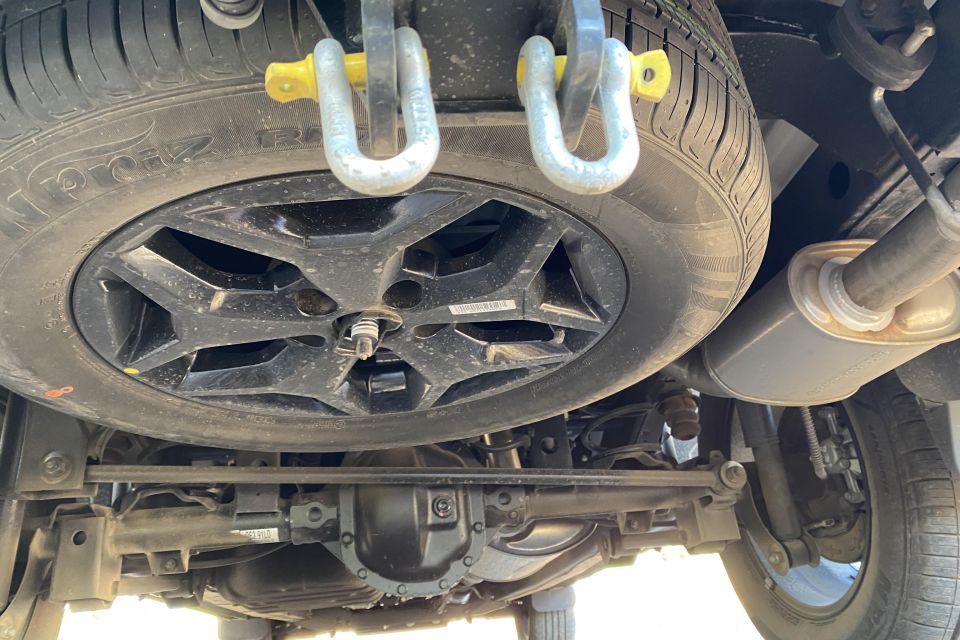
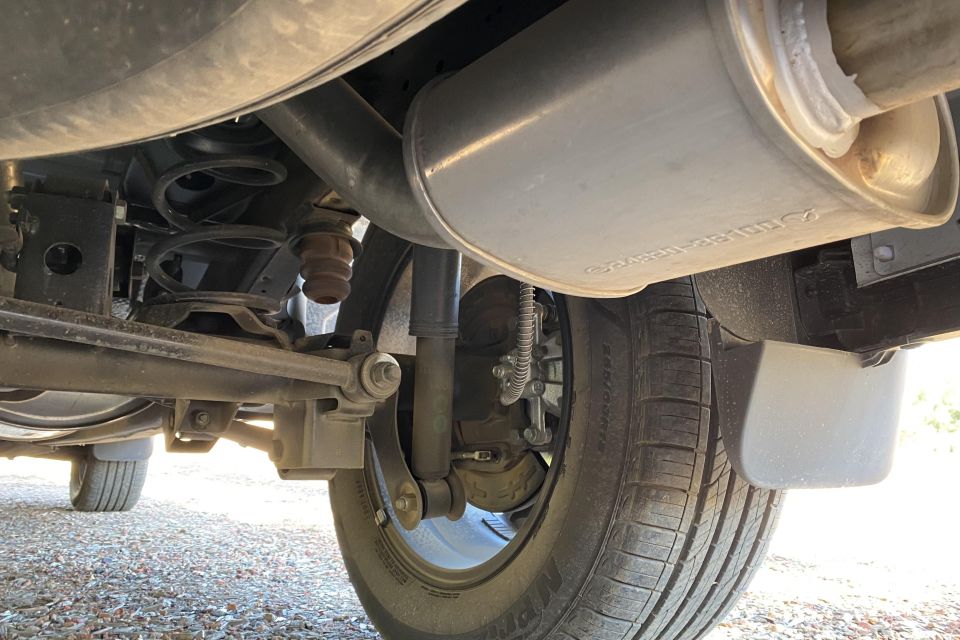

Selecting 2H, 4H and 4L is done on a knurled dial alongside the transmission selector. Ratio engagement is also quite quick with no major delays or difficulties. The 4×4 system is typical and run-of-the-mill, then, unlike the GWM’s ToD system.
Across uneven terrain the Musso’s suspension did seem to lack travel and was prone to lifting a wheel, however it clambered up our loggy hill, rutted trail and offset moguls – not quite as easily as the GWM by seat of the pants and by ear, but for middle-tier use cases it did fine.
The Musso is armed with Eaton’s Mlocker – an auto locking rear diff triggered by wheel speed differential. I tend to find off-roaders prefer the GWM’s fully-locking style, where they can control it themselves. Regardless it’s good to have as a backup.
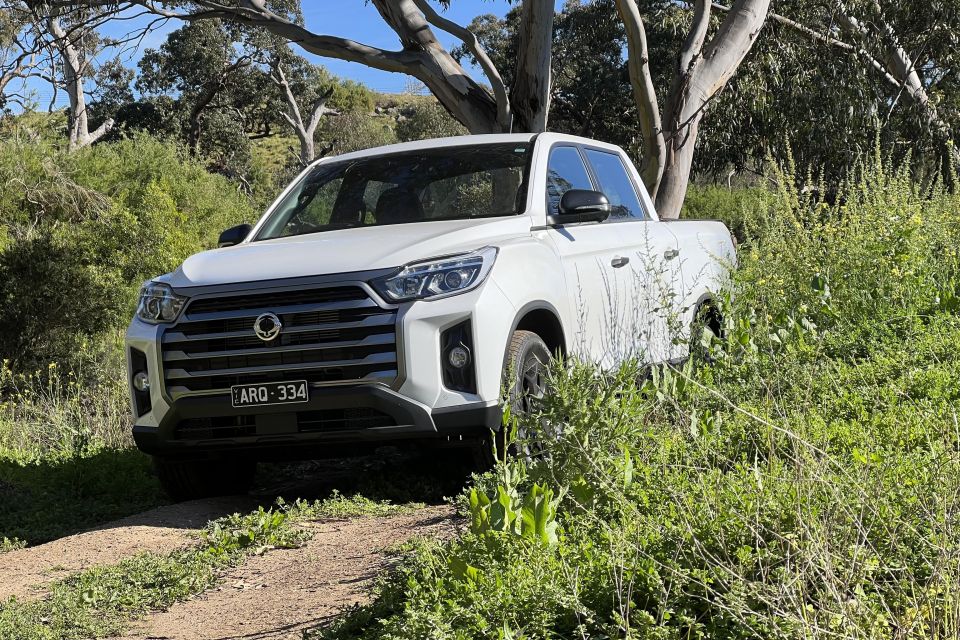
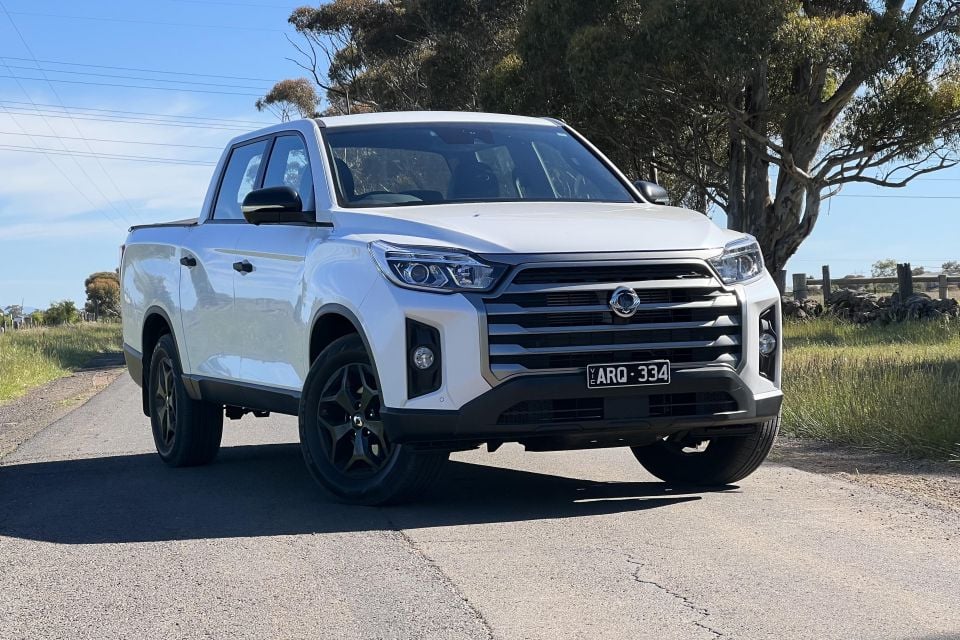
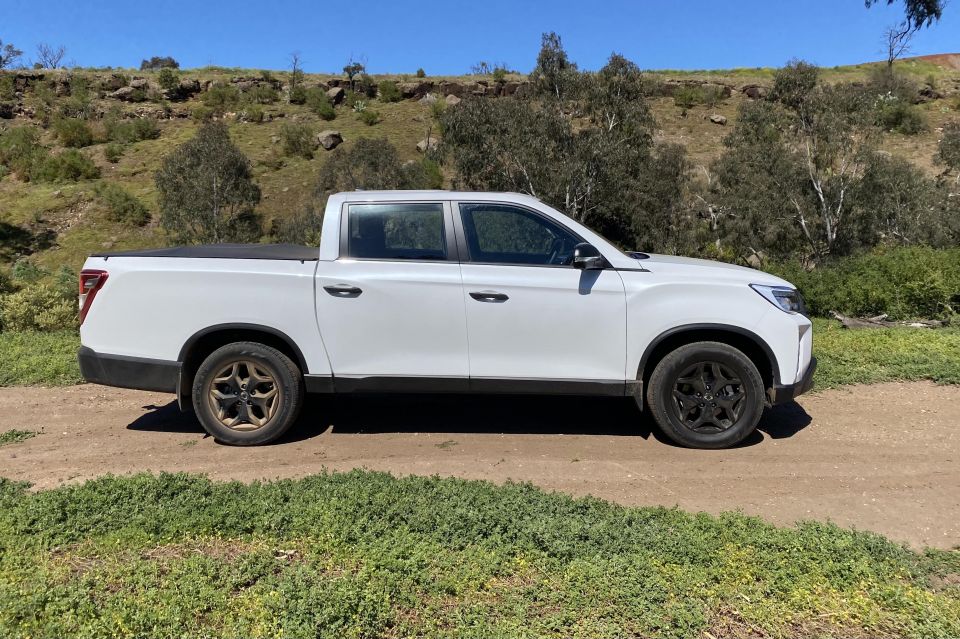
| GWM Ute | SsangYong Musso | |
|---|---|---|
| 0-100km/h our stopwatch | 11.4 sec | 10 sec |
| GWM Ute | SsangYong Musso | |
|---|---|---|
| Grade | Cannon-X | Ultimate XLV Luxury |
| Front suspension | Double wishbone | Double wishbone |
| Rear suspension | Leaf | Multi-link, coil |
| Front brakes | Discs | Discs |
| Rear brakes | Discs | Discs |
| Turning circle | 13.1m | 12.2m |
| Rear diff locker | Switchable | Auto-locking |
| Ground clearance | 232mm | 215mm |
| Payload | 1050kg | 880kg |
| GVM | 3130kg | 2980kg |
| GCM | 5555kg | 6130kg |
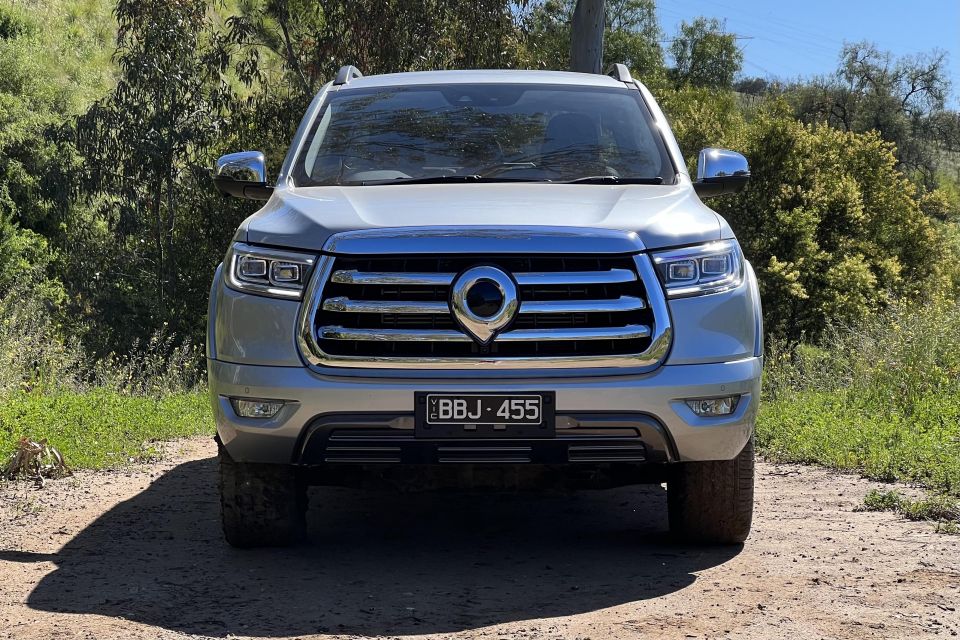
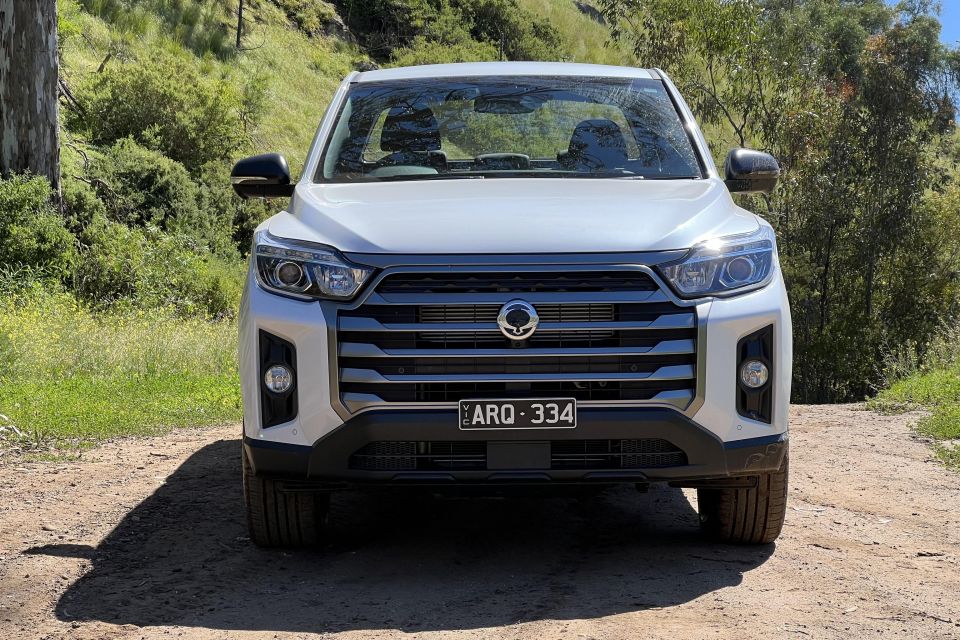
Both manufacturers offer transparent servicing prices, and long seven-year warranty and roadside assist packages. Big tick there.
GWM Australia offers capped-price servicing for five visits:
SsangYong Australia offers capped-price servicing for seven visits at lengthier distance intervals:
SsangYong also says on its site that you’ll need to pay some extra costs over this period for things like new fuel filter, and fluids for the brakes, transmission and transfer case every few years, which dents the value equation somewhat.

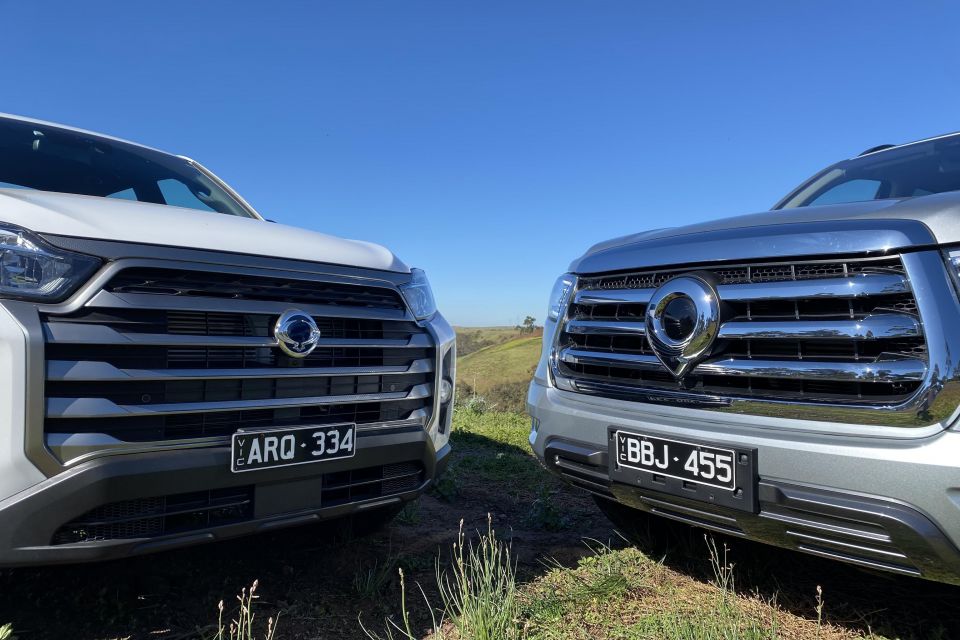
The SsangYong Musso might look a bit awkward, but it’s no joke. Its engine is both quieter and offers more grunt than the GWM’s, so it can tow better. Its on- and off-road refinement is great, its interior feels quite plush and sophisticated, and its service intervals are longer.
It carves out a corner of the market of its own, and its merits will be appreciated by the right sort of ute buyer. The company punches well above its weight division.
But the GWM offers a better all-round package now, despite losing ground in a few areas. Over the Musso it offers a proven safety rating, better payload, has a few advantages off-road, some extra cabin technology, and better back seats.
It’s also worth noting that GWM Australia – right now the fastest-growing brand in market – is working on a localised Australian suspension tune that could elevate the Ute to another level. The GWM has the edge, and the big boys of the segment should be wary.
Share your thoughts with us in the comments below!
Share your thoughts and write a review of a car you own and get featured on CarExpert.


William Stopford
4 Days Ago
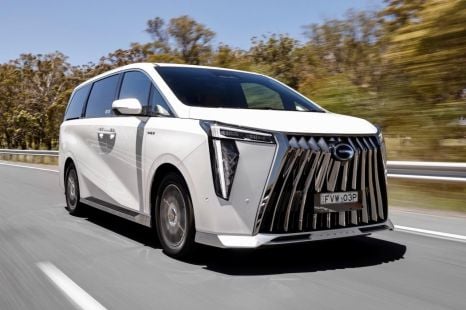

Ben Zachariah
3 Days Ago


Ben Zachariah
1 Day Ago
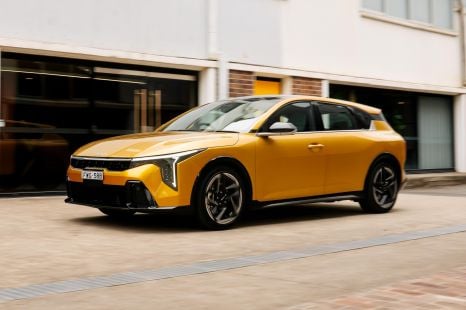

James Wong
13 Hours Ago
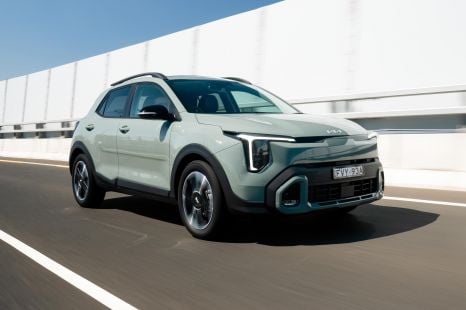

James Wong
13 Hours Ago
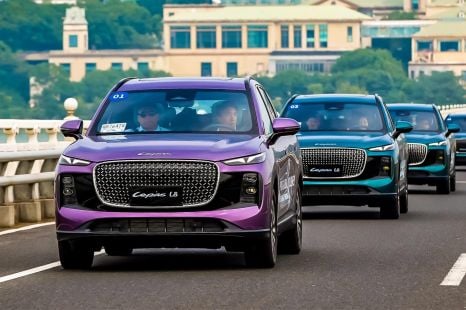

James Wong
6 Hours Ago